Canon 新竹相機收購,二手收購,收購相機,全新相機,二手相機 收購5D Mark IV,收購EOS-1D X Mark II,收購EOS M3/M10 收購canon canon 5Ds/5Ds R,,5D Mark III/6D II,7D Mark II 70D/80D,750D/760D,700D/100D 收購FUJIFILM 相機,全系列FUJIFILM 收購二手Nikon 相機,Nikon二手收購,全新Nikong買賣 D3400收購 Nikon 1 j5收購 D750 Df/D810/D610,D5/D4S,D500,D7200/D7500,D5500/D5300 OLYM
作者: @saachu86106
機身暗藏設計巧思!徠卡推 Leica Q2迪士尼特別版相機全球限量500套 新竹相機收購
新竹相機收購
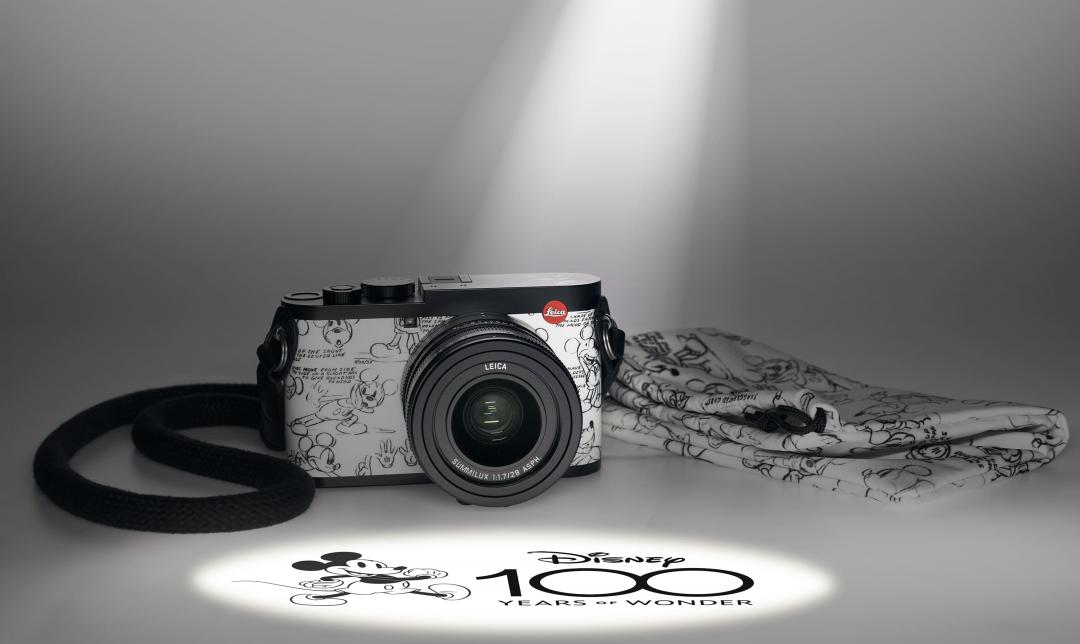 徠卡Q2 攜手迪士尼推出徠卡Q2 Disney「奇妙百年,奇遇有你」特別版相機,全球限量500套。(圖/徠卡相機提供)
徠卡Q2 攜手迪士尼推出徠卡Q2 Disney「奇妙百年,奇遇有你」特別版相機,全球限量500套。(圖/徠卡相機提供)
今年適逢迪士尼創立 100 周年,由於迪士尼動畫誕生當時,就與徠卡相機締結淵源頗深的合作關係,徠卡相機官方表示,為慶祝迪士尼一百週年,並紀念該電影工作室的成立,雙強品牌聯袂推出以「奇妙百年,奇遇有你」為主題的徠卡Q2特別版相機套組,於今年四月起正式發售,全球僅限量500套。
徠卡表示,迪士尼動畫誕生之初,該工作室就是使用徠卡(當時的Leitz徠茲)相機和投影儀等設備,在那個年代率先創作出複雜的動畫分鏡,在當時藉由新型徠卡設備的助力下,迪士尼工作室極大地改變了動畫電影的製作技術,對行業產生了深遠的影響。
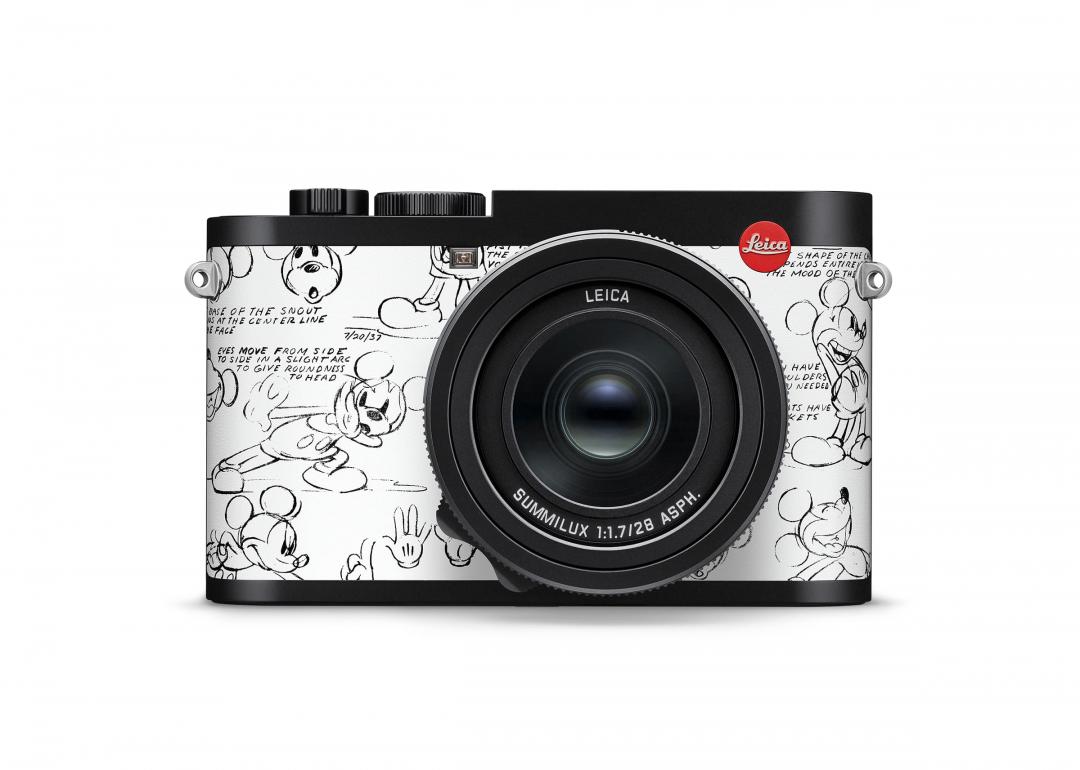 徠卡Q2 攜手迪士尼推出徠卡Q2 Disney「奇妙百年,奇遇有你」特別版相機,全球限量500套。(圖/徠卡相機提供)
徠卡Q2 攜手迪士尼推出徠卡Q2 Disney「奇妙百年,奇遇有你」特別版相機,全球限量500套。(圖/徠卡相機提供)
特別一提的是,「徠卡帶(新竹相機收購leica Reel)」一詞的說法,就誕生於該時期,指的是用來儲存動畫分鏡的35毫米放映膠片。在當時先進的製作流程中,初期原畫與聲帶得以透過多種技術的加持運作,從中獲得非常精確的動畫播放節奏和速率。
今年推出的限量版「徠卡Q2迪士尼」特別版相機,機身設計靈感源自於,1937年由華特迪士尼公司著名動畫師唐·托斯利(Don Towsley)創作的一個動畫模型手繪板。特別版相機採用特殊裝飾材料,於機身頂蓋印有專屬的米奇圖案,讓喜愛影像與迪士尼動畫的粉絲們作為珍藏紀念。
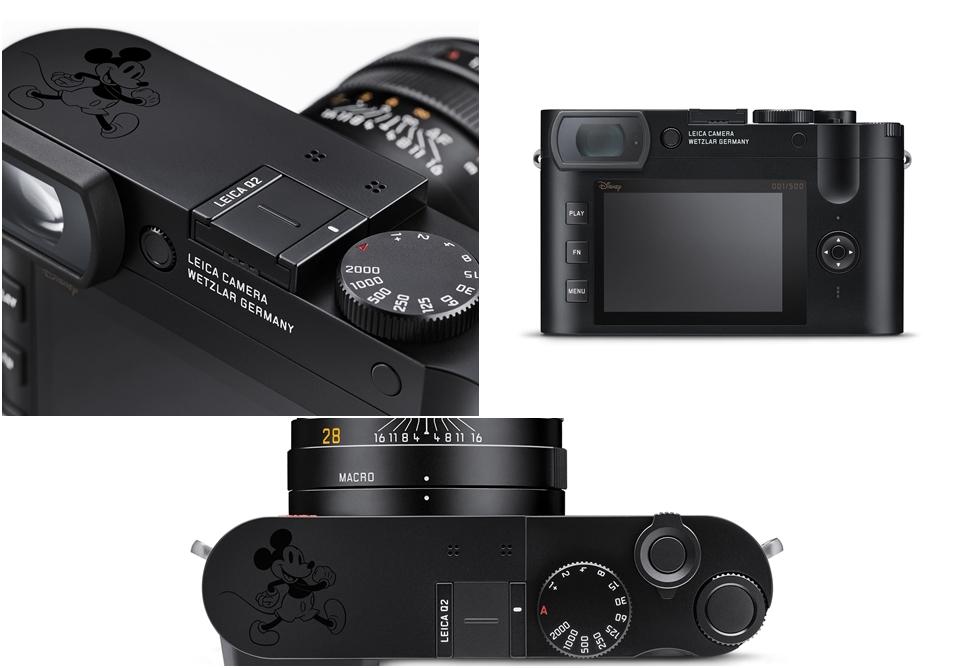 徠卡Q2 攜手迪士尼推出徠卡Q2 Disney「奇妙百年,奇遇有你」特別版相機,全球限量500套。(圖/徠卡相機提供)
徠卡Q2 攜手迪士尼推出徠卡Q2 Disney「奇妙百年,奇遇有你」特別版相機,全球限量500套。(圖/徠卡相機提供)
另,套裝組合內容則是搭配一個印有原版迪士尼圖案的特別版防塵袋,與一條特別版的相機背帶。
「徠卡Q2迪士尼」特別版相機4月起,在全球徠卡商店、徠卡線上商店和授權經銷商處發售,建議零售價為 222,800元。
 (圖/記者黃肇祥攝)
(圖/記者黃肇祥攝)
2023 台北攝影器材暨影音創作設備展今日(12)在南港展覽館 1 館盛大展開,為期 4 天,匯集多間相機、攝影器材品牌現場提供產品體驗與特價優惠。日本相機大廠 Nikon 更選在今天在台開賣旗下的復古風新相機 Zf,與 Sony 最新款的 a7C II 打對台。
Nikon 現場展開 Zf 無反單眼相機首賣,10 點一開放入場,攤位就聚集大量民眾排隊,截止至中午首波現貨已經全數賣光。採用全片幅規格的 Zf 相機是繼先前 Z fc 後,Nikon 推出的第二款 Z 系列復古風相機,外型致敬知名底片相機 FM2,規格則是對標旗艦款的 Z7。
Sony 則在展場布置一塊攝影棚,擺放旗下各種相機產品,從 Xperia 手機一路到高階款的 Alpha 單眼相機都有,並邀請模特兒站台,讓民眾以實機進行拍攝體驗。其中最受矚目的是 a7C II、a7CR 兩款輕巧取向的全片幅單眼,加入 AI 處理器,對焦速度進一步提升。
活動現場 Sony 提供多款相機優惠,例如購買 FX3、FX30 電影機加贈原廠電池,後者再加碼 3,000 元現金優惠,入手 ZV-1 系列則有原廠充電器,a7IV、ZV-1、ZV-1 II 均贈送原廠電池,另有多顆鏡頭打出特價。
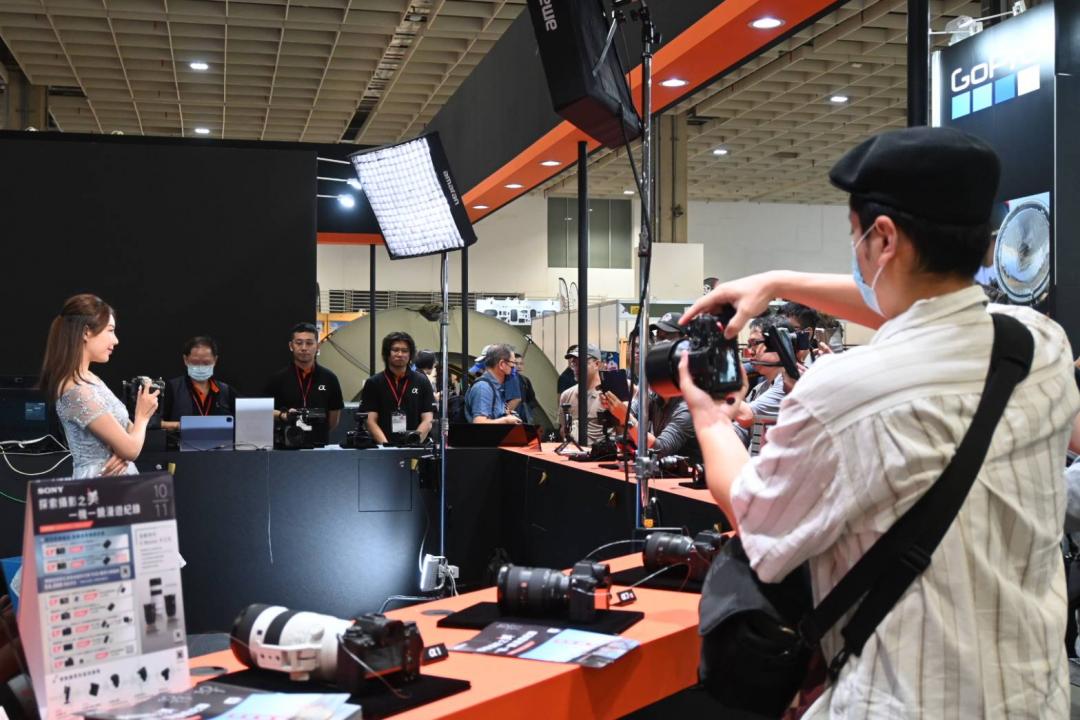 (圖/記者黃肇祥攝)
(圖/記者黃肇祥攝)
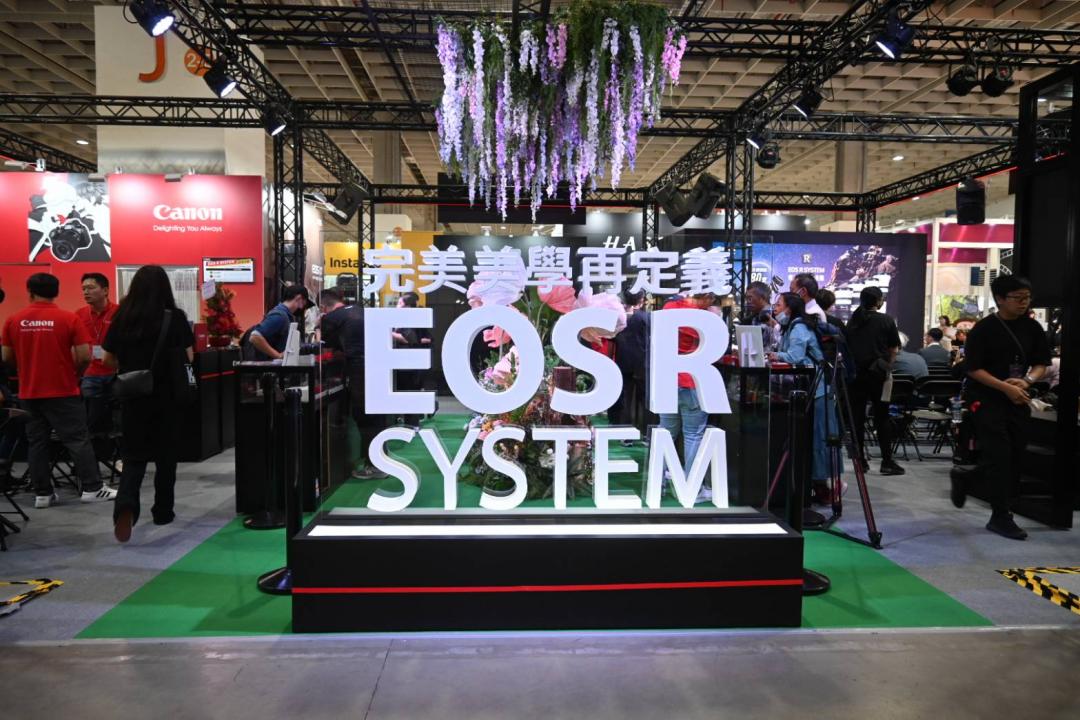 (圖/記者黃肇祥攝)
(圖/記者黃肇祥攝)
Canon 今日在開幕記者會宣布,所有 RF 系列鏡頭即日起提供三年保固服務,提供消費者更好的保障。同時提供 RF 鏡頭的優惠促銷,現場購入並申請審核通過,最多可以獲得 5,000 郵政禮卷。旗下 EOS R 系列無反相機同步優惠,購入有眼控對焦的 R3,單機身會提供價值破萬元的贈品組合,包含原廠電池、128GB 高速 SD 記憶卡。若是添購專業級攝影機,最高則享有 13,000 元的郵政禮券。
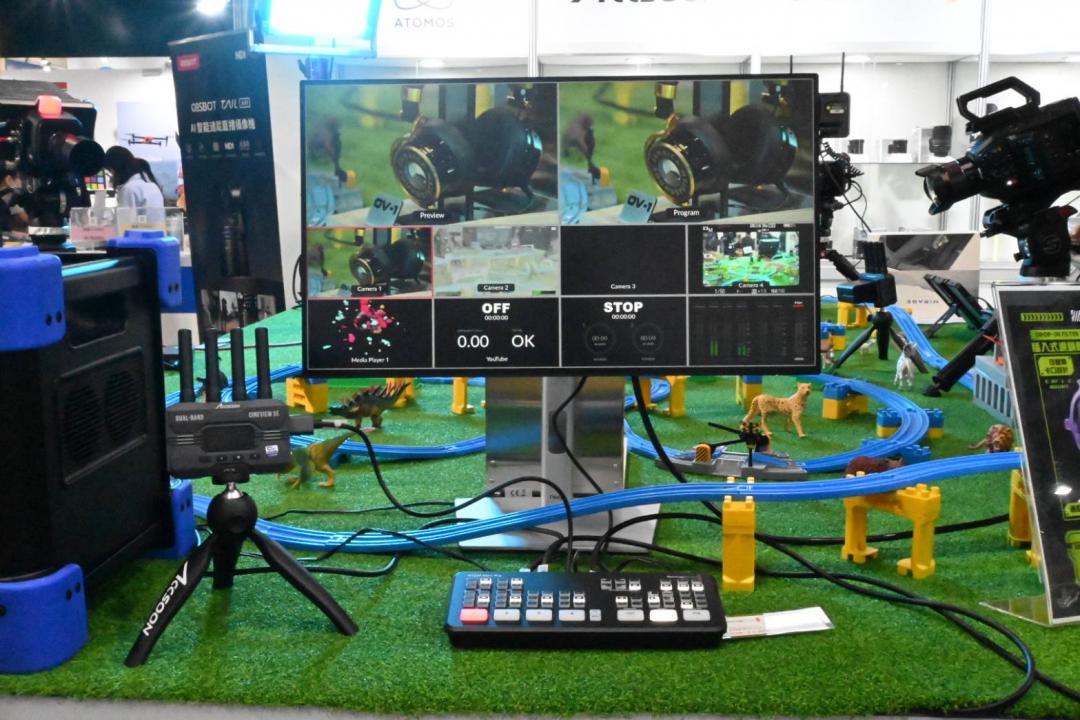 (圖/記者黃肇祥攝)
(圖/記者黃肇祥攝)
知名攝影器材代理商正成集團,則一口氣帶來 新竹相機收購leica、ZEISS、ARRI、Aputure、Manfrotto、Sandisk、Samyang、GoPro 等多家知名品牌的產品,並設立情境區,供民眾親自體驗測試。現場如 Samyang V-AF 系列鏡頭享有展場價 17,100 元起,再送 ZEISS 防霧拭鏡紙與 PGYTECH 相機包布,PGYTECH 閃傳讀卡盒則有 8 折優惠,消費滿 10,000 元可獲得好手氣摸彩券乙張,有機會抽中伊萊克斯健康氣炸鍋、SodaStream 自動扣瓶氣泡水機等好禮。
新竹相機收購 新竹相機收購
隨身相機熱潮再起!傳 Sony、徠卡搶攻新一代高階類單眼 新竹相機收購
新竹相機收購
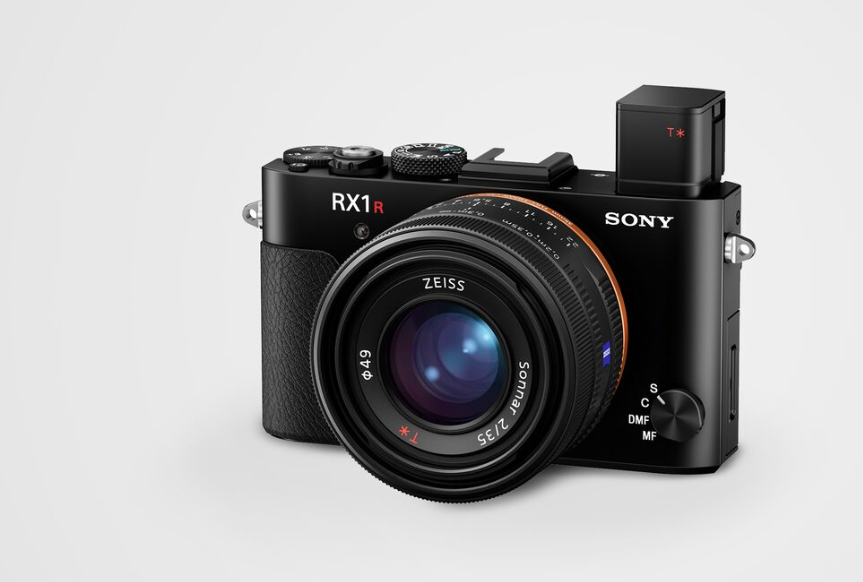 (圖/翻攝Sony官網)
(圖/翻攝Sony官網)
傳統相機因為智慧手機逐漸式微,近年卻有不少消費者開始追求富士 X100 VI、理光 GR3 系列等隨身相機,體積小巧好攜帶,拍照品質更勝於手機,還是一款能展現風格的隨身配件,掀起一波波搶購熱潮。據悉,相機大廠 Sony、徠卡均打算跟進這波浪潮,有意重新推出新一代的高階類單眼。
外媒《SonyAlphaRumors》爆料,Sony 有向特定的攝影師探詢對於全片幅 RX 類單眼相機的興趣,並且已經製作原型機,可能會在今年發表 RX1rIII,將是系列睽違近 10 年的全新機款,傳出搭載 6100 萬畫素感光元件,與不可更換的 28mm、f/1.7 鏡頭,還有從 Minolta CLE 為靈感的復古外型。
事實上,Sony 的 RX1 系列類單眼近年就受到不少攝影愛好者關注,僅管最新的 RX1rII 已經是 2015 年所發表的機種,卻在不到 500g 的重量內塞入全片幅感光元件,比不少 APS-C 相機還要輕巧,拍照品質又能媲美一線專業機種,可說是最強的隨身相機。
專攻頂尖客群的徠卡相機,旗下的 新竹相機收購leica Q3 類單眼已經跟上這波隨身相機的熱潮而大賣,現在他們似乎打萬搶攻不同價位的市場。根據日媒《asobinet》從認證網站上發現,徠卡註冊了一款代號「Type 3952A」的新相機,而先前 2018 年發表的 M43 片幅類單眼 D-Lux 7 代號正是「Type 3952」,因此有極高的機率會是後繼機款。
此外,由於日本大廠 Panasonic 與徠卡近年合作十分緊密,雙方會共用同一設計的相機外殼,因此外界也猜測,與 D-Lux 7 作為姐妹機的 Panasonic LX100 III,新一代機款也有望在今年一起登場。
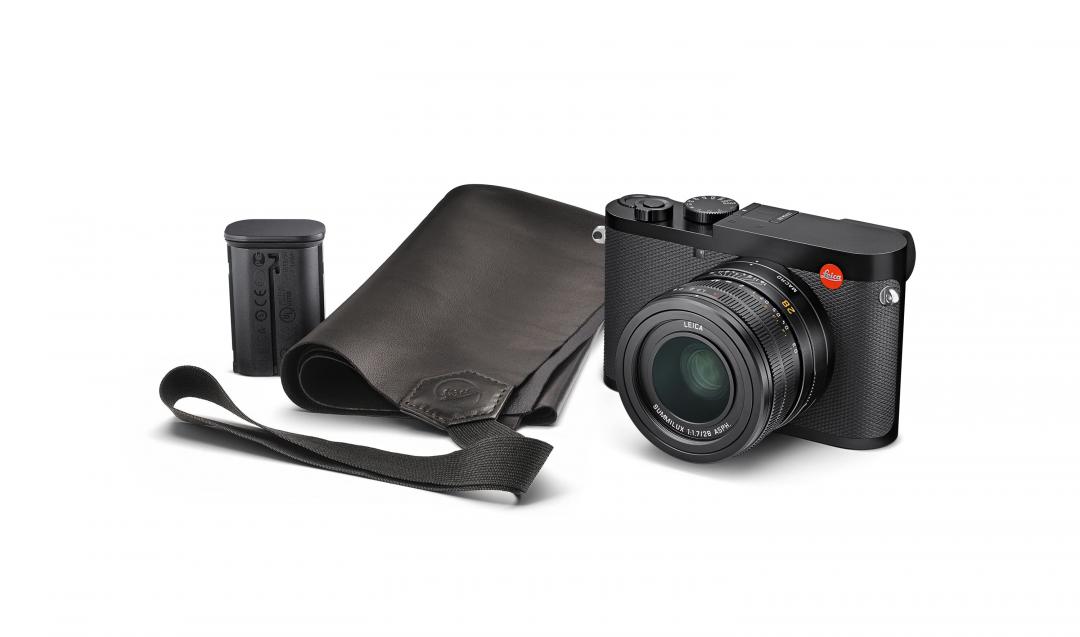 徠卡「新竹相機收購leica Q2旅行者套組」內含徠卡Q2相機、一顆備用電池與專屬防護相機刮傷的相機包裹布。套組售價為199,900元。(圖徠卡提供)
徠卡「新竹相機收購leica Q2旅行者套組」內含徠卡Q2相機、一顆備用電池與專屬防護相機刮傷的相機包裹布。套組售價為199,900元。(圖徠卡提供)
因應疫情邊境解封,迎來的出國旅遊熱潮,徠卡近日在台推出「新竹相機收購leica Q2旅行者套組」的限定發售活動,即日起至12月31日期間,喜愛徠卡相機的攝影玩家,可於全球徠卡商店、徠卡線上商店和授權經銷商處,入手全新登場的「新竹相機收購leica Q2旅行者套組」,內含徠卡Q2相機、一顆備用電池,以及能在旅行時可靠保護包內相機的新款徠卡皮質相機包裹布,套組售價為199,900元,相較於購買單機價格要來得划算。
徠卡Q2相機搭載出色的徠卡Summilux 28 f/1.7 ASPH.鏡頭,集成微距模式,搭配4730萬像素全片幅感光元件,可呈現絕佳的圖像和動態影像畫質。透過簡單直覺的操作介面,以及與徠卡 FOTOS App的便利連接,將為攝影玩家們帶來強大、更彈性靈活的創作自由,得心應手地拍攝創作出極具「徠卡風格」的迷人影像與風景美照。
 徠卡「新竹相機收購leica Q2旅行者套組」在台開賣。即日起至12月31日期間限定發售。(圖徠卡提供)
徠卡「新竹相機收購leica Q2旅行者套組」在台開賣。即日起至12月31日期間限定發售。(圖徠卡提供)
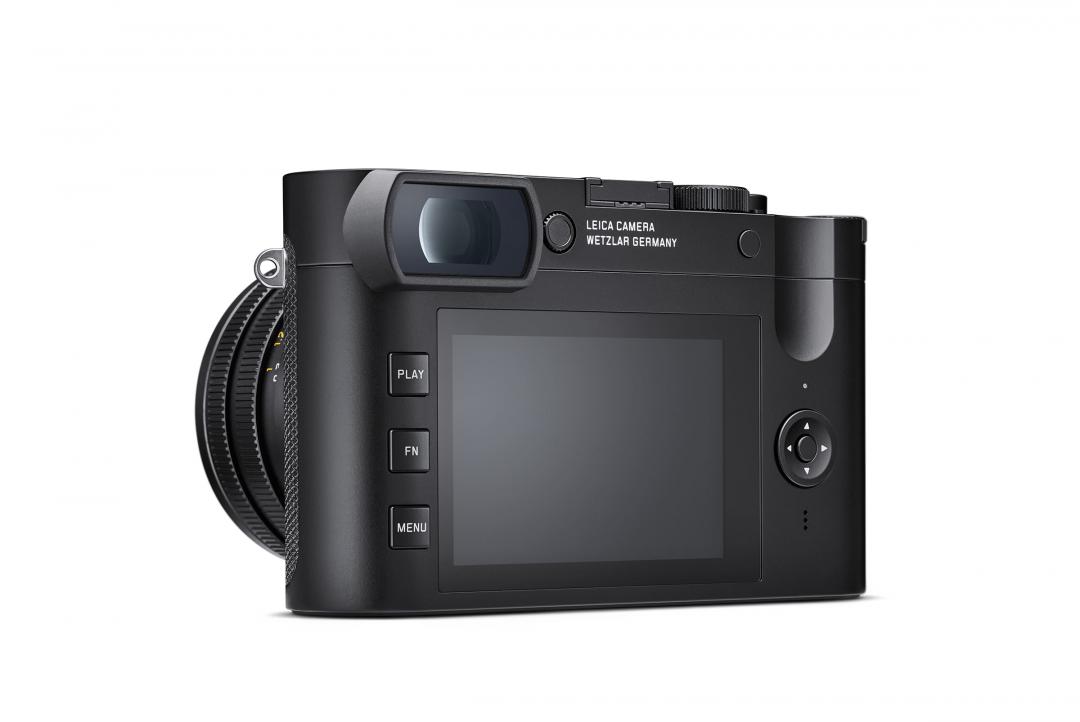 徠卡新竹相機收購leica Q2 相機背面。(圖徠卡提供)
徠卡新竹相機收購leica Q2 相機背面。(圖徠卡提供)
新竹相機收購leica Q2旅行者套組,附贈的備用電池 BP-SCL4,可提供額外的電力,並延長世界各地內容創作者的每次拍照時間。此外,多功能徠卡皮質相機包裹布規格為 45 x 45 cm,柔滑的背面經特殊處理,能可靠地保護徠卡Q2相機及其他貴重物品,避免刮傷和灰塵。相機可與背帶一同包入其中,並用鬆緊帶固定。
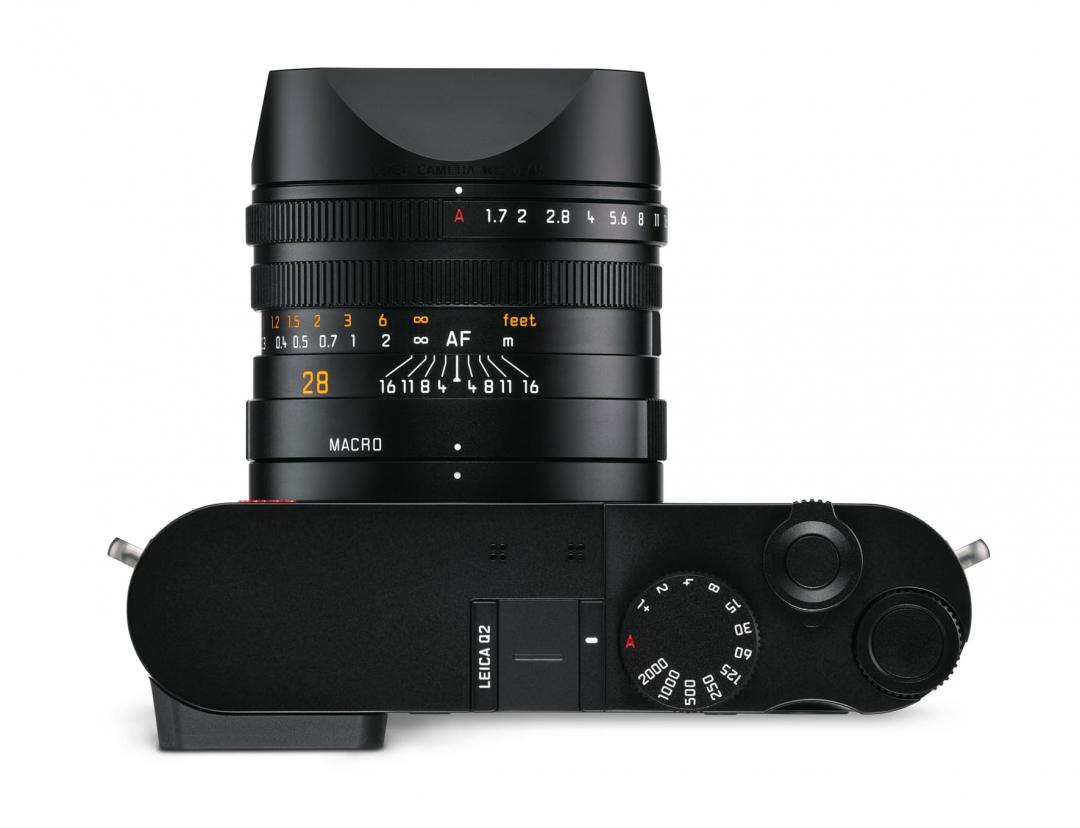 徠卡新竹相機收購leica Q2 相機頂部的操控介面。(圖徠卡提供)
徠卡新竹相機收購leica Q2 相機頂部的操控介面。(圖徠卡提供)
新竹相機收購 新竹相機收購
HUAWEI Mate 10「一支懂你的手機」貼心程度完勝枕邊人 新竹相機收購
新竹相機收購

▲HUAWEI Mate 10建議售價為新台幣20,900 元,有摩卡金和亮黑兩色,Mate 10 Pro 有摩卡金、寶石藍兩款顏色,建議售價為新台幣 26,900 元。(圖/記者林世文攝,以下同)
消費中心/綜合報導
華為手機專注發展螢幕、效能、續航力、專業的拍攝與人工智慧應用等五大面向。最新HUAWEI Mate 10 系列,搭載全球首款行動AI晶片*-Kirin 970,手機會學習用戶使用手機的習慣,使用者可感受到「越用越聰明」,可說是一支會參透你心思的AI超級秘書!在人工智能方面,EMUI 8.0 螢幕可以跟隨著時間變化而有不同風貌,而大家很在意的續航能力上,承襲華為大容量電池的傳統,Mate 10 系列配備 4000mAh 鋰電池以及華為的Super Charge 技術,30分鐘可充電 58%,遇到沒電又沒帶行動電源時,只要在捷運充電站快充一下馬上就能使用,是貼心又方便的功能。
搭載全球首款行動AI晶片* Kirin 970,也是全球首發雙卡雙待雙 4G手機
HUAWEI Mate 10 /Mate 10 Pro是全球首款搭載AI晶片* 的智慧型手機,採用全新的 Kirin 970處理器,其特色為台積電的10nm 製程、8核心 CPU 與12核心GPU、行動 AI *晶片,從此為手機市場打開人工智慧的應用大門,例如將AI技術與徠卡相機結合,Mate 10新一代徠卡雙鏡頭可自動智能辨識13種不同物體與場景,而且具備學習功能,使用者不但可以體驗到Kirin 970的高效能,更能感受到「越用越聰明、越來越好用」的美好經驗。
此外,HUAWEI Mate 10 系列也是全球首發雙卡雙待雙 4G 的手機,主副卡都可以在 4G 網路下待機,並支援 VoLTE,商務差旅或區分私人或公務電話都非常方便。

HUAWEI Mate 10 /Mate 10 Pro皆搭載徠卡鏡頭
HUAWEI Mate 10 /Mate 10 Pro同樣搭載了麒麟 Kirin 970 處理器,以及再進化的第三代徠卡雙鏡頭,擁有 f/1.6 超大光圈規格讓拍照更絕美。雖然兩支手機採用相同的核心,但外型部分大不相同,在螢幕規格上,Mate 10 為 5.9 吋螢幕,採用16:9 IPS面板,解析度2K。而Mate 10 Pro則為6.0 吋 OLED,採用18:9 HDR面板,解析度FHD+。兩款螢幕兩側皆為雙側微曲面和窄邊框設計,帶來滿版的視覺享受。

▲除了螢幕大小不同之外,兩款指紋辨識器的位置也不同。 Mate 10 Pro 指紋辨識功能在手機背面,Mate 10則是在螢幕下方。
Mate 10系列規格解析:

f/1.6大光圈+徠卡雙鏡頭+智慧辨識13種物體與場景
Mate 10和Mate 10 Pro 都是搭載第三代徠卡 新竹相機收購leica雙鏡頭,彩色鏡頭為1200 萬像素,黑白鏡頭為2000萬像素,具備 OIS 光學防手震與四合一的對焦系統,並搭載新的雙影像訊號處理器,讓拍照沒有最美,只有更美!除了厲害的徠卡鏡頭之外,搭配會學習的AI行動晶片* Kirin 970,讓拍攝功能如虎添翼 ,智慧辨識13種不同物體與場景:鏡頭進行即時的辨識出文字、食物、舞台、亮黑、藍天、雪地、海灘、狗、貓、夜晚、日出/落、植物、人像跟花朵等。當使用者在拍照時,Mate 10系列會判斷被攝物,自動調整至最佳色調。

▲車燈流。(圖/記者廖明慧攝)

▲手持夜拍。(圖/記者廖明慧攝)

▲f/1.6大光圈,輕鬆拍出幻化景深。



AI翻譯,隨拍即翻,速度就是快!
喜歡自助旅遊的人一定會在手機裡安裝翻譯App,但很惱人的是免費App每天限制翻譯次數,否則就是跳出眼花撩亂的廣告,就算是付費使用,也常常感到遲鈍或翻譯得不夠精準。HUAWEI Mate 10內建微軟AI翻譯,拍照即可翻譯,實際測試速度非常快。


▲左圖:拍照翻譯。右圖:語音翻譯

▲HUAWEI Mate 10 支援生活防水,Mate 10 Pro支援IP67防水防塵。

▲HUAWEI Mate 10 Pro支援IP67防水防塵,遊山玩水也要玩攝影!
AI上身,為手機市場投下震撼彈
過去,手機市場以拍攝能力決勝,HUAWEI 已成功攀頂,穩坐安卓攝影龍頭。然而在光速發展的科技時代,行動裝置已邁向AI之路,HUAWEI Mate 10徠卡/AI 雙生雙贏,加上價格相當有競爭力,搭載徠卡鏡頭Mate 10 系列售價為新台幣 20,900 元起 ,12/1起於三大電信通路開賣,勢必為手機市場帶來震撼彈

*附註:內建智慧手機平台專用神經網路處理器NPU
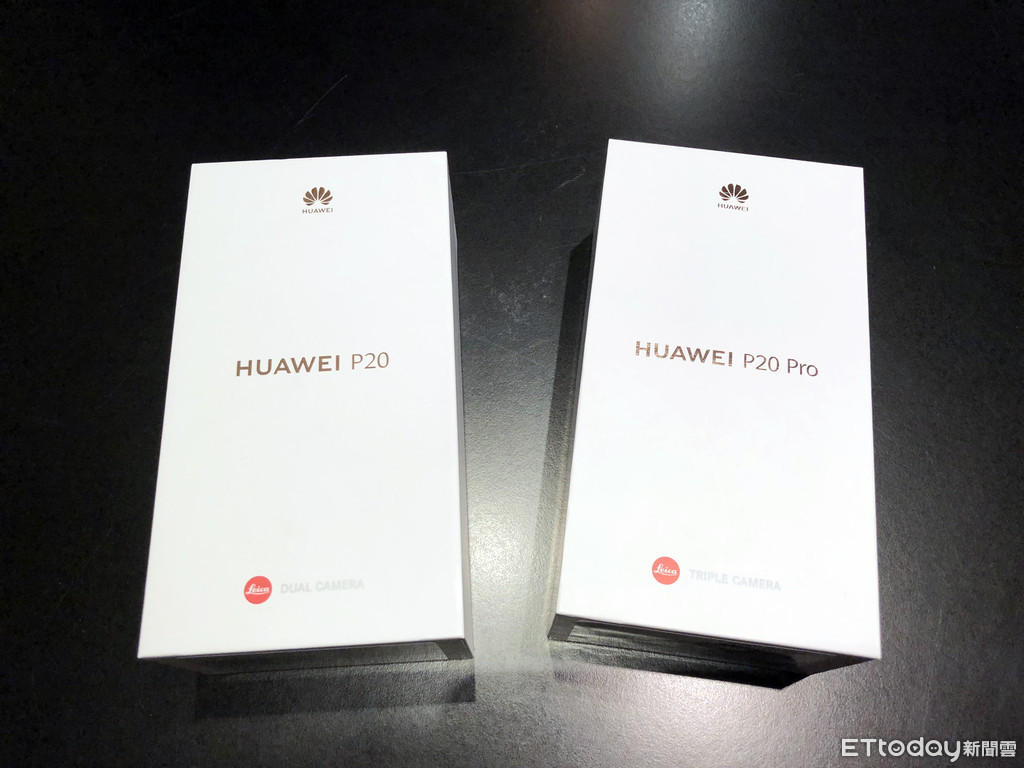
▲HUAWEI P20 系列的盒裝採用白底燙金,底下有 新竹相機收購leica Logo。(圖/記者洪聖壹攝)
記者洪聖壹/巴黎報導
針對華為稍早發表的 P20、P20 Pro,《ETtoday新聞雲》率先取得兩支手機的原廠原裝,在開箱之餘,也率先提供產品詳細規格給讀者參考,目前確認 P20、P20 Pro 與 P20 Lite 會於 4 月上市,售價未定。
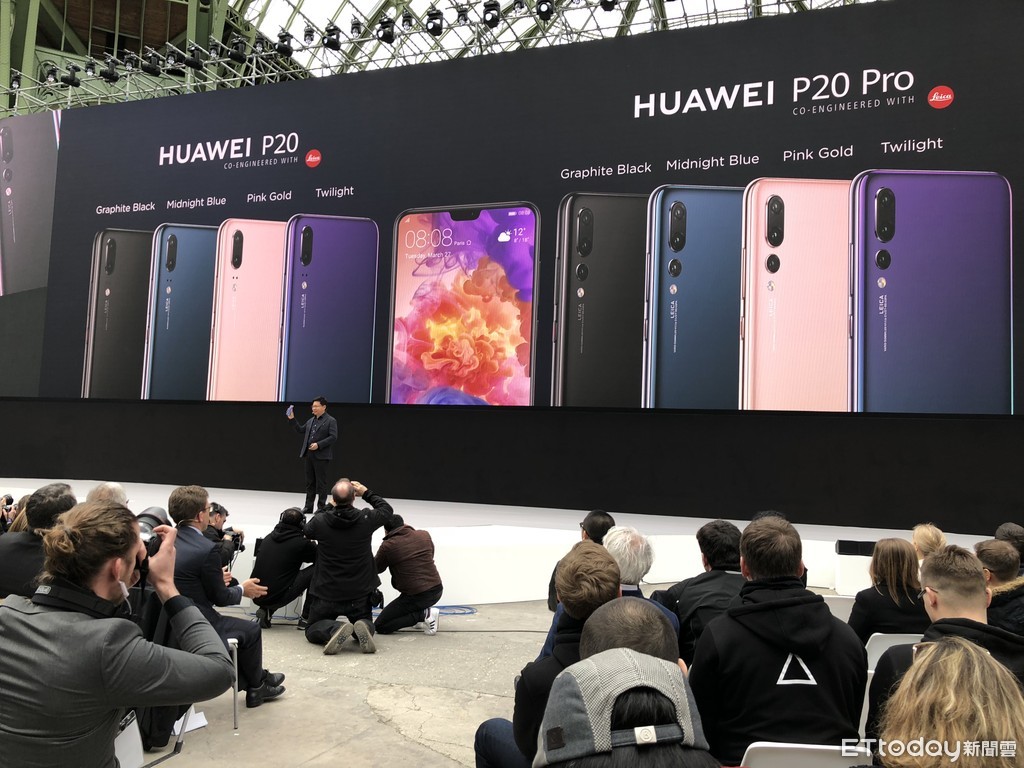
大致說明兩隻手機的規格跟特色,HUAWEI P20 系列,確認僅有 P20、P20 Pro 跟先前發表的 P20 Lite 三款,除了 P20 Lite 之外,P20、P20 Pro 都是搭載海司麒麟970 八核心晶片(四核2.36 GHz+四核1.8GHz),都內建指紋辨識跟臉部辨識,P20 採用 4GB RAM/128 GB ROM 儲存組合,P20 Pro 採用 6GB/128GB 儲存組合,兩款手機都有 64GB 版本,揚聲器提供高達 990Kbps 的 HiFi 音質,並且支援類似 SONY LDAC 的無損音樂藍牙傳輸技術,讓手機在進行藍牙配對的過程,可以聽到幾乎無損的音樂品質。
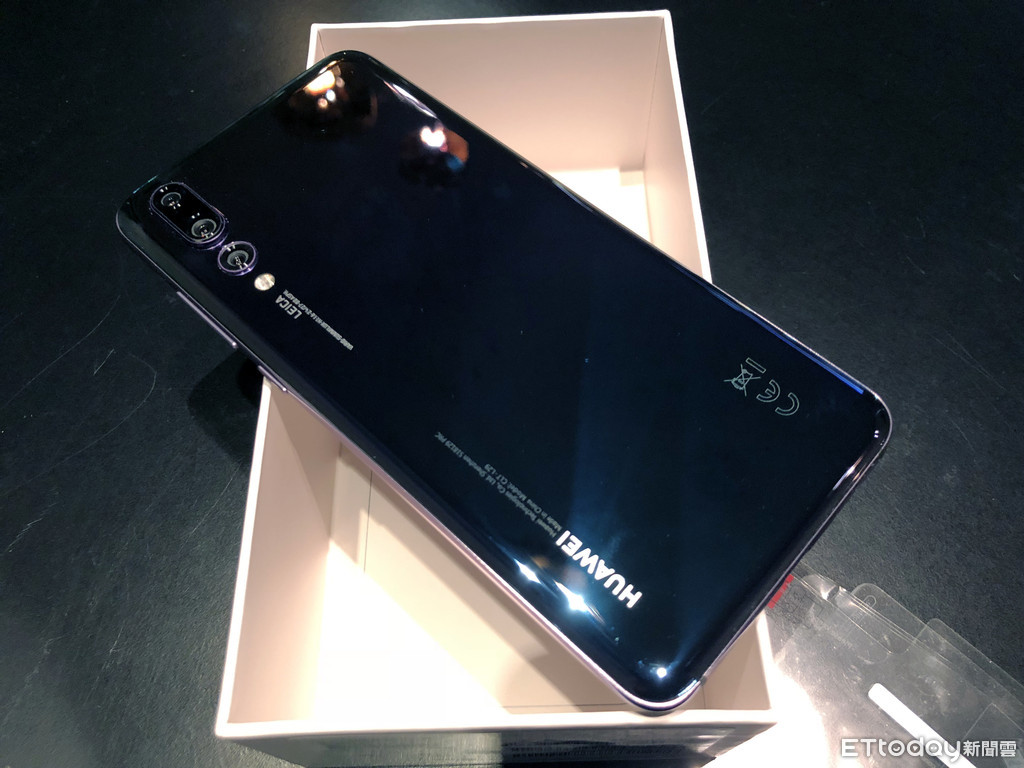
▲▼HUAWEI P20 Pro TWILIGHT版本開箱,原裝隨附 SuperCharge 快充插座、USB-C 傳輸線、耳機跟透明保護殼。(圖/記者洪聖壹攝)
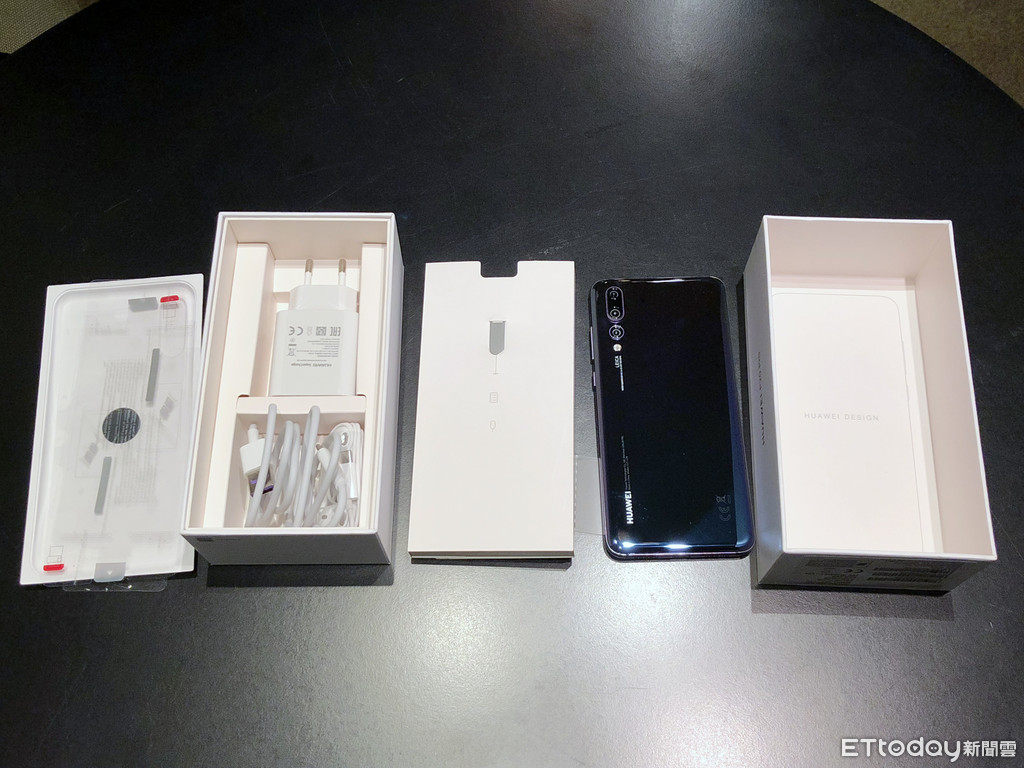
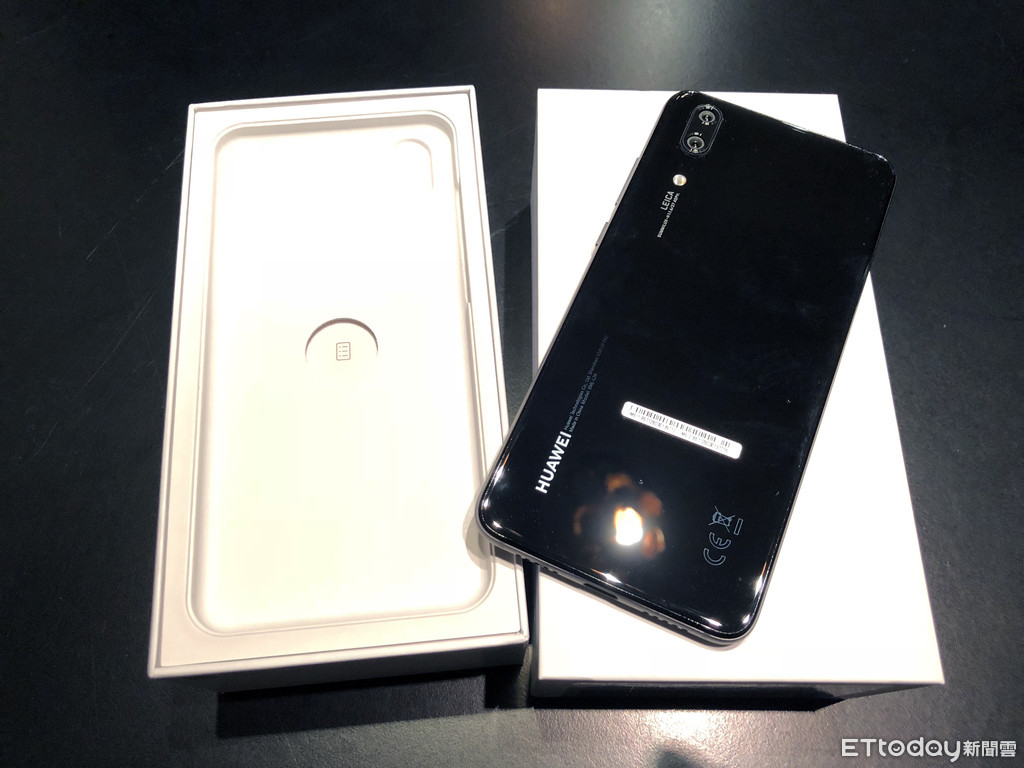
▲▼HUAWEI P20黑色版本開箱,原裝同樣隨附 SuperCharge 快充插座、USB-C 傳輸線、耳機跟透明保護殼。(圖/記者洪聖壹攝)
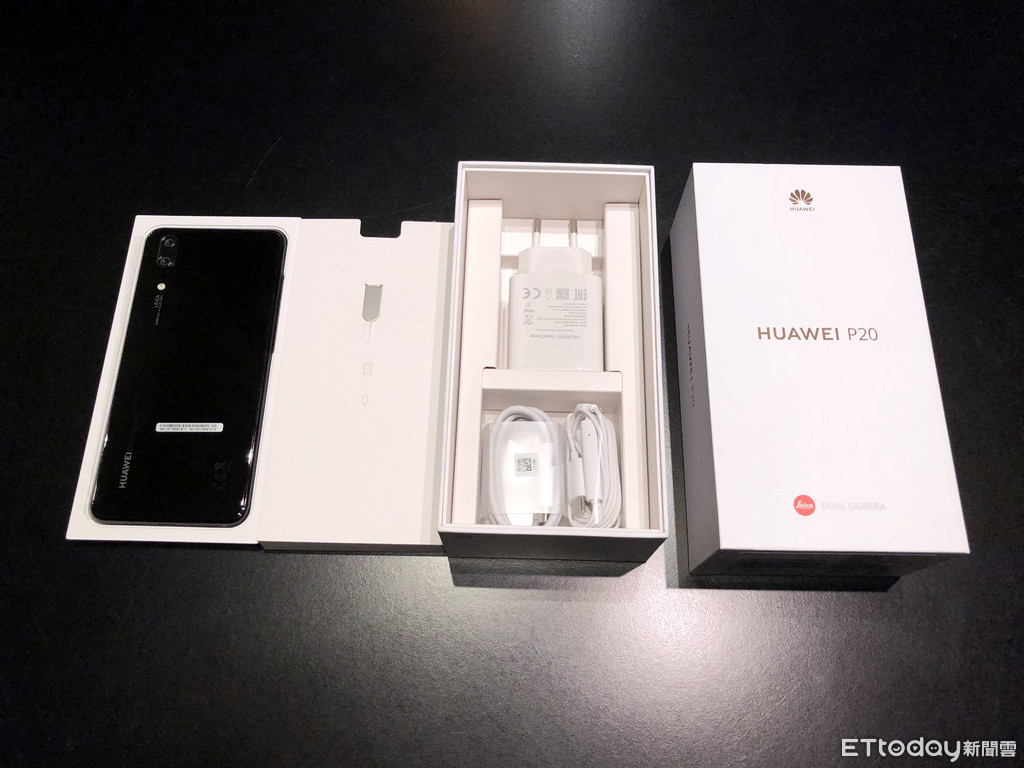
特別要提醒讀者的是,雖然兩支手機螢幕解析度都是 2240 x 1080畫素、螢幕比例都是 18.7:9,但是材質跟大小上,P20 配備的是 5.8 吋 RGBW LCD 面板、P20 Pro 則是配備 6.1 吋 OLED 面板,機身厚度 P20 為 7.56mm、P20 Pro 則是 7.8mm,也因為兩支手機大小不同的關係,電池容量 P20 為 3400mAh、P20 Pro 電池容量為 4000mAh,透過自家的 SuperCharge 功能 30 分鐘可以充電 58%。
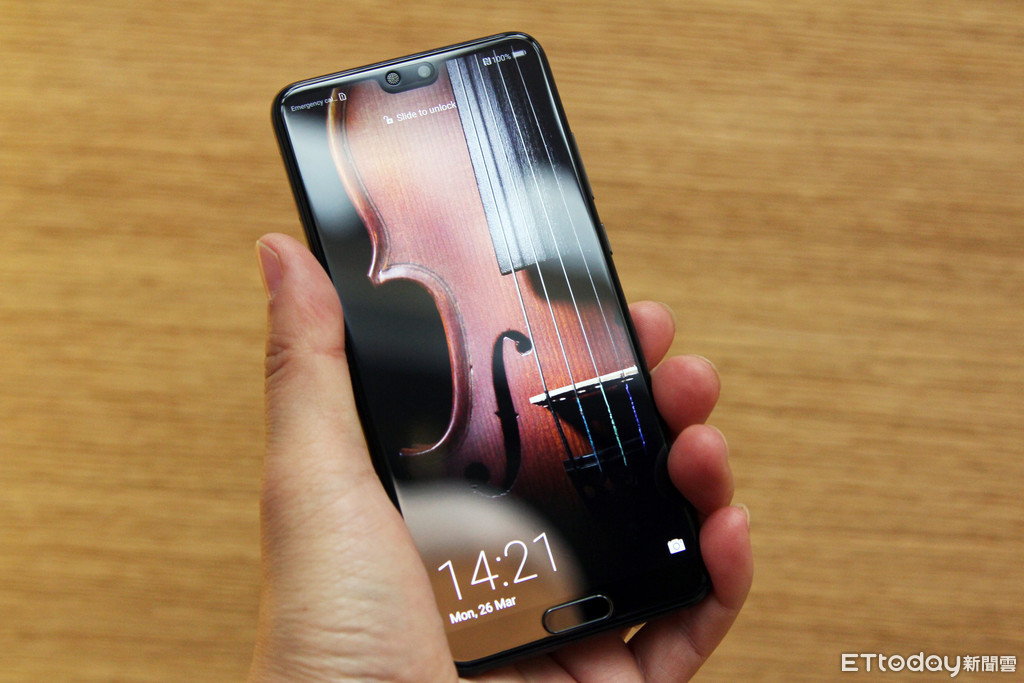
▲HUAWEI P20 配備的是 5.8 吋 RGBW LCD 面板,解析度2240 x 1080。(圖/記者洪聖壹攝)
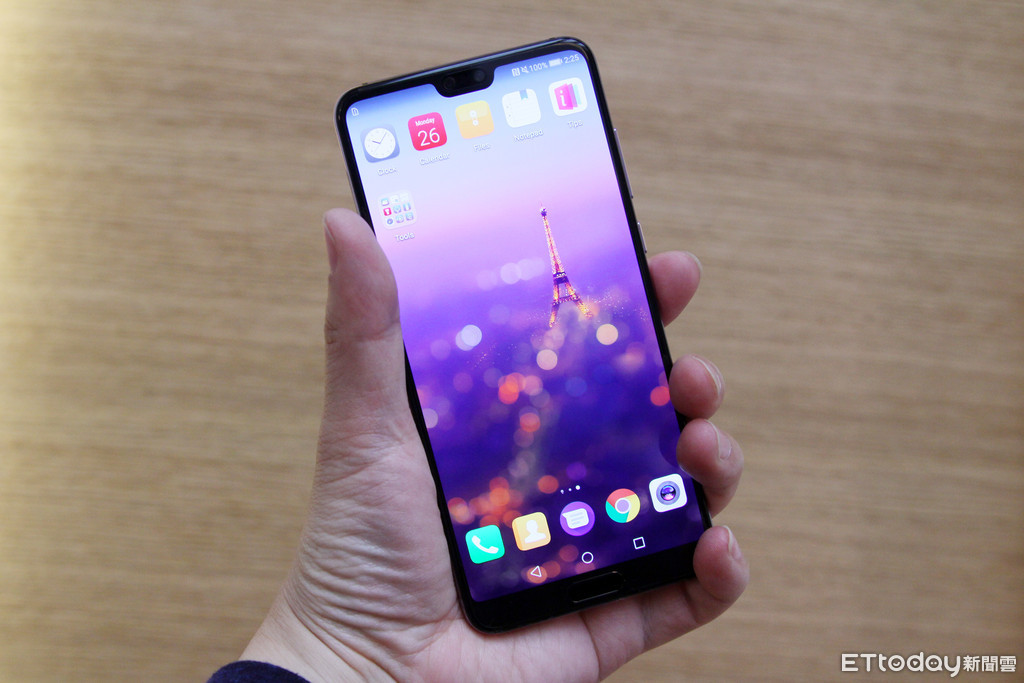
▲HUAWEI P20 Pro 配備的是6.1 吋 OLED 面板,解析度2240 x 1080。(圖/記者洪聖壹攝)
顏色的選擇上,P20 提供黑色、香檳金、玫瑰金、午夜藍跟一款今年主打的特別色「TWILIGHT」。至於 P20 Pro 少了香檳金,僅有黑色、午夜藍、粉紅金跟「TWILIGHT」,下方提供一張P20 Pro 的 TWILIGHT 圖片給讀者參考:(圖/記者洪聖壹攝)
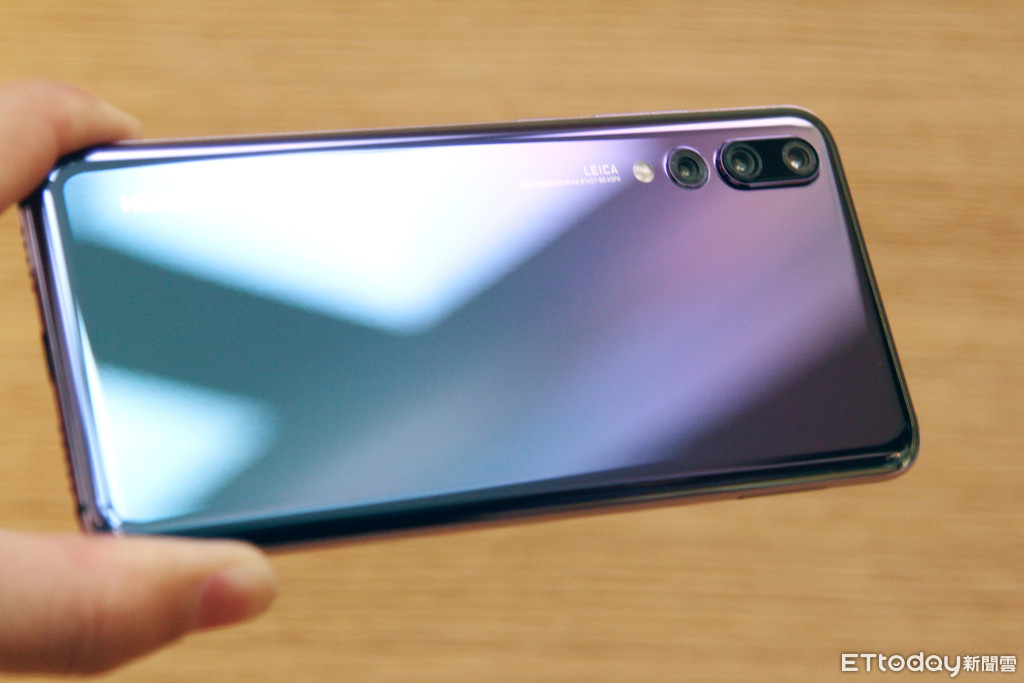
▲HUAWEI P20 Pro 全新TWILIGHT款式。(圖/記者洪聖壹攝)
P20 全機支援 IP53 防水防塵、P20 Pro 則是支援 IP67 防水防塵,外觀採用跟 iPhone X 類似、但不盡相同的設計,下方提供正反面兩張照片給讀者參考:(圖/記者洪聖壹攝)
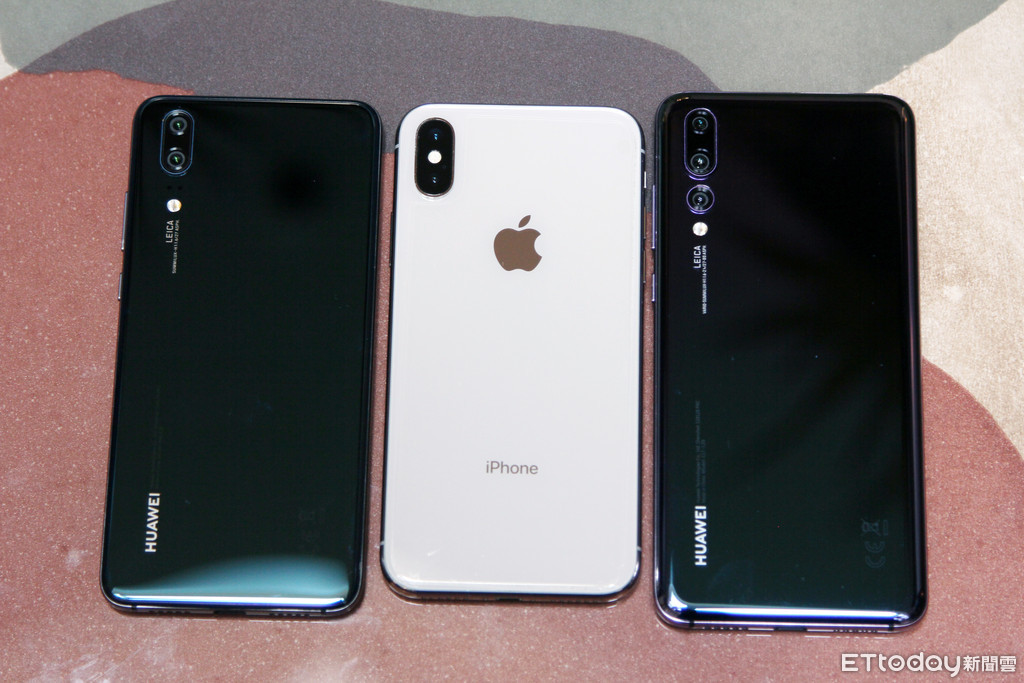
▲▼HUAWEI P20(左起)、iPhone X、P20 Pro 正反面外觀比對。(圖/記者洪聖壹攝)
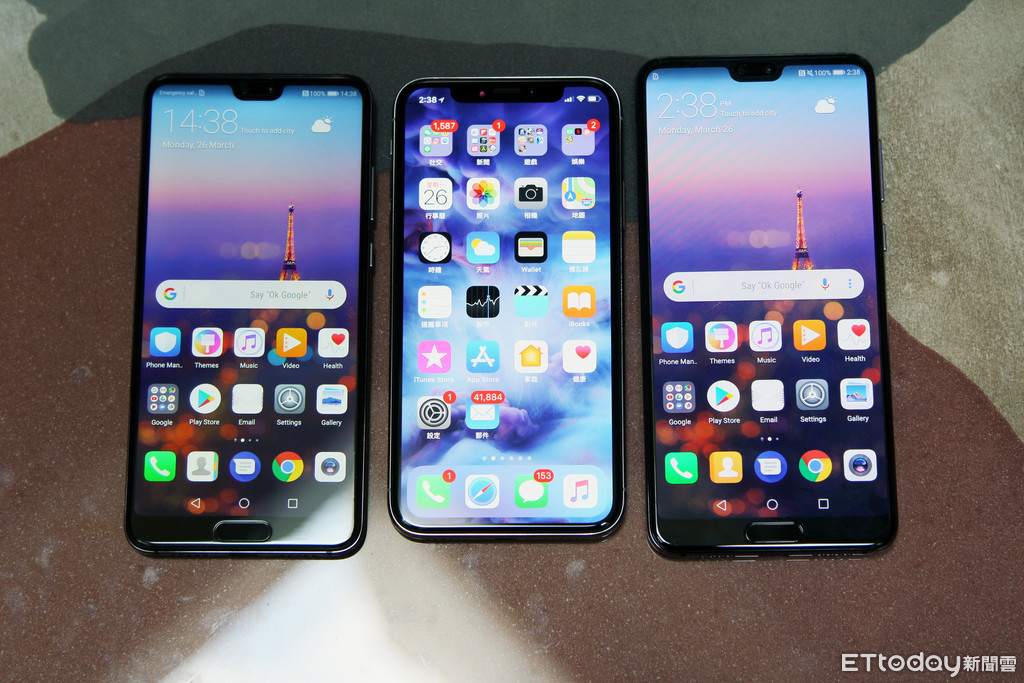
拍攝效能上,HUAWEI P20 採雙鏡頭設計,分別為全新 1200 萬畫素彩色拍攝模組(光圈F1.8)跟 2000 萬畫素黑白拍攝模組(光圈F1.6),兩顆鏡頭都通過徠卡公司認證,主要拍攝那顆彩色鏡頭的畫素面積高達 1.55μm,相較於iPhone X 的1.22 μm、S9 的1.4μm,感光效果各自提升 61% 跟 22%。自拍鏡頭最高可拍攝 2400 萬畫素,鏡頭光圈 F2.0。
而至於 HUAWEI P20 Pro是全球首款配備三鏡頭的手機,兩顆鏡頭模組分別為一顆 4000 萬畫素彩色廣角鏡頭模組(光圈F1.8)、一顆 800 萬畫素彩色長焦鏡頭模組(光圈F2.4),然後搭配另外一顆跟 P20 相同的 2000 萬畫素黑白鏡頭(光圈F1.6)來記錄照片資訊。自拍鏡頭同樣最高可拍攝 2400 萬畫素,鏡頭光圈 F2.0。
華為解釋,P20 Pro 的拍照有「更亮」、「更近」跟「更多色彩細節」三大拍攝重點,首先是感光元件尺寸就高達 1/1.7 吋,最高感光能力可以達到 ISO 102400,幾乎是相機拍攝等級。「更近」方面講的是縮放效果,P20 Pro 透過全球第一款徠卡縮放相機系統,可以快速切換 3 倍變焦、5 倍變焦跟 10 倍數位變焦。
在「更多顏色細節」方面,主要是說明其相機採用的對焦系統相當豐富,包括雷射對焦、深度偵測、對比偵測、4D 預測對焦,並且提供所謂AIS (AI Image Stabilizer)防震功能,藉此拍出更好看的低光源拍攝效果。
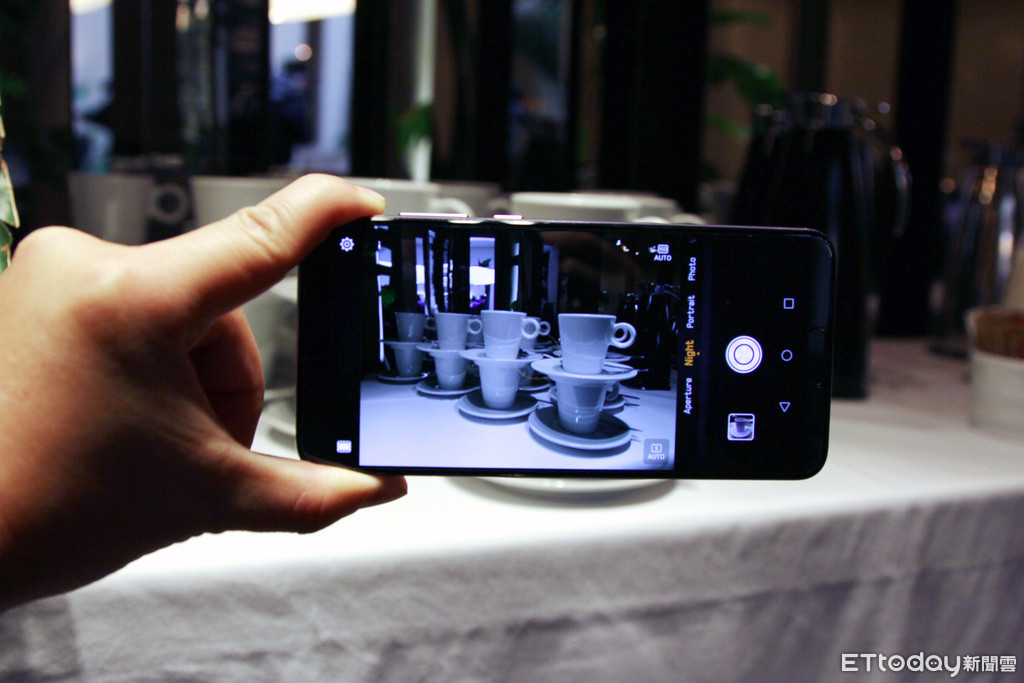
▲HUAWEI P20 Pro提供相當強勢的低光源拍攝效能,不管手怎樣抖、都可以拍出好看的照片。(圖/記者洪聖壹攝)
而正如同 Sony mobile 在去年推出的旗艦機 XZ1 系列、三星在今年 MWC 2018 發表的 S9 系列一樣,華為 P20 系列也支援 960Fps@720P 的超級慢動作攝影功能。
華為 P20 系列採用基於 Android 8.1 作業系統的 EMUI 8.1 使用者介面,讓P20系列在拍照上還有一個很方便的地方,就是把相機移到拍攝場景,不但可以辨識,還可以進一步驅動專業拍攝效果,好比說拍攝人像、就會驅動人像模式拍照(如下圖、圖/記者洪聖壹攝)

▲HUAWEI P20 Pro 在智慧場景辨識辨識之餘,會直接切入建議的拍攝模式,如果不喜歡、也可以點選取圖框來取消建議。(圖/記者洪聖壹攝)
相關智慧場景辨識提升到貓、食物、團體、自然顏色、近拍、夜拍、文字樹葉、人像、狗、煙火、藍天、花、舞台、文件、日落、雪、瀑布、海邊等 19 個拍照場景,並且可以透過Google Assistant聲控的方式啟動手機內的應用程式功能,好比說「打開美肌模式自拍」,或者問「這是什麼東西」。
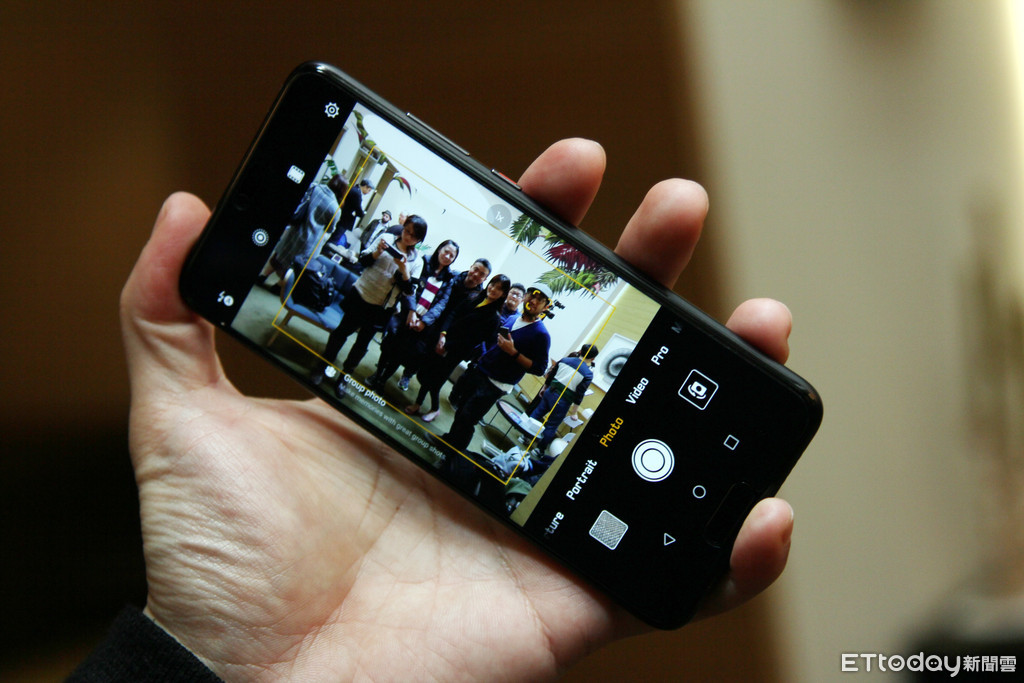
▲HUAWEI P20 Pro 提供 19 種智慧場景辨識辨識,而且都是相當實用,好比說「團體照」。(圖/記者洪聖壹攝)
另外,手機還提供類似三星Bixby Vision的功能,當手機鏡頭辨識場景的過程中,碰到好比說杯子、紅酒等物品,系統就會自動連接到電商平台,告訴你這東西是哪一間公司生產、多少錢,方便用戶購物,而目前合作的平台有五家,包括中國的掏寶、美國的亞馬遜。使用方式只要是看到喜歡的產品照片,然後對著照片點兩下,系統就會連結到亞馬遜平台。
關於 P20 系列的上市情報,P20 搭載 4GB RAM/128GB ROM版本售價649歐元,即日上市,P20 Pro 搭載 6GB RAM/128GB ROM售價為899歐元,4 月 6 日上市,至於 Mate RS 保時捷版本售價 1695 歐元(6GB/256GB)、2095 歐元(6GB/512GB),4 月 12 日上市。
新竹相機收購 新竹相機收購
限量 100 台!徠卡M(Typ 262)推「紅色特別版限量款」 新竹相機收購
新竹相機收購
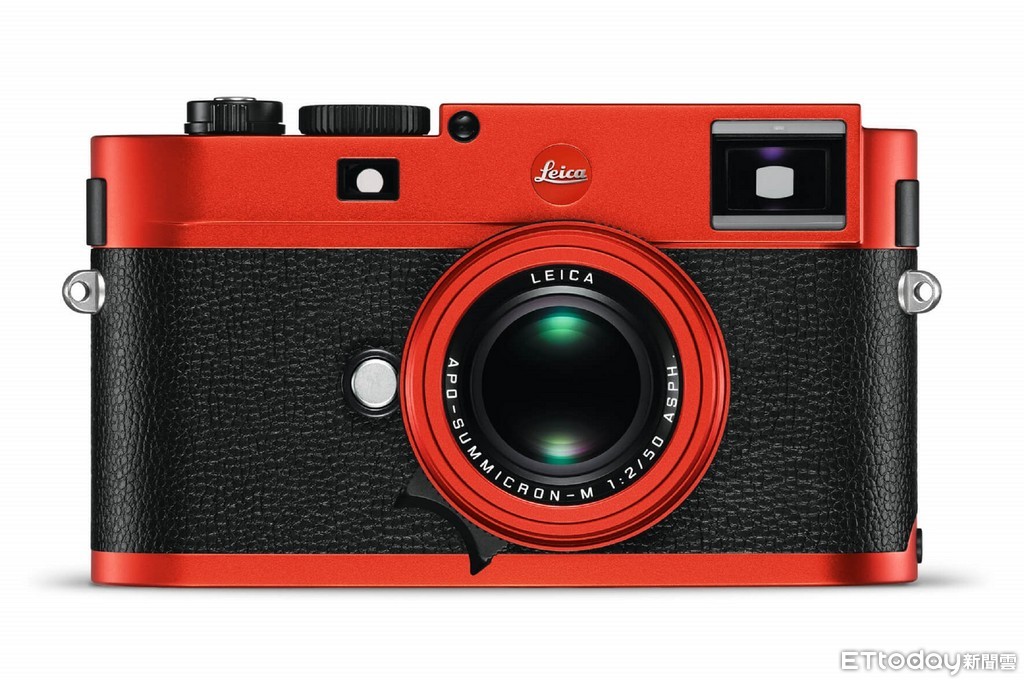
記者洪聖壹/台北報導
如果你還沒想到要送甚麼給愛好相機給親友當聖誕禮物,這可能會是一個相當不錯的選擇。徠卡相機針對旁軸系統推出徠卡M(Typ 262)「紅色特別版限量款」,除了機身採用紅通通的陽極氧化處理,標配了發佈於2016年的徠卡Summicron-M 50 mm f / 2 ASPH紅色特別版的鏡頭,全球僅限量100台發售。
特別版相機的硬體規格與去年發表的徠卡M(Typ 262)相同,其全片幅CMOS感光元件專為旁軸拍攝所設計,同時去除如即時取景和錄影等額外附加的功能,採用的是2400萬像素的感光元件,是自然可用光下使用的最佳理想機型之一,內建新竹相機收購leica Maestro影像處理器,最高感光度達ISO 6400。
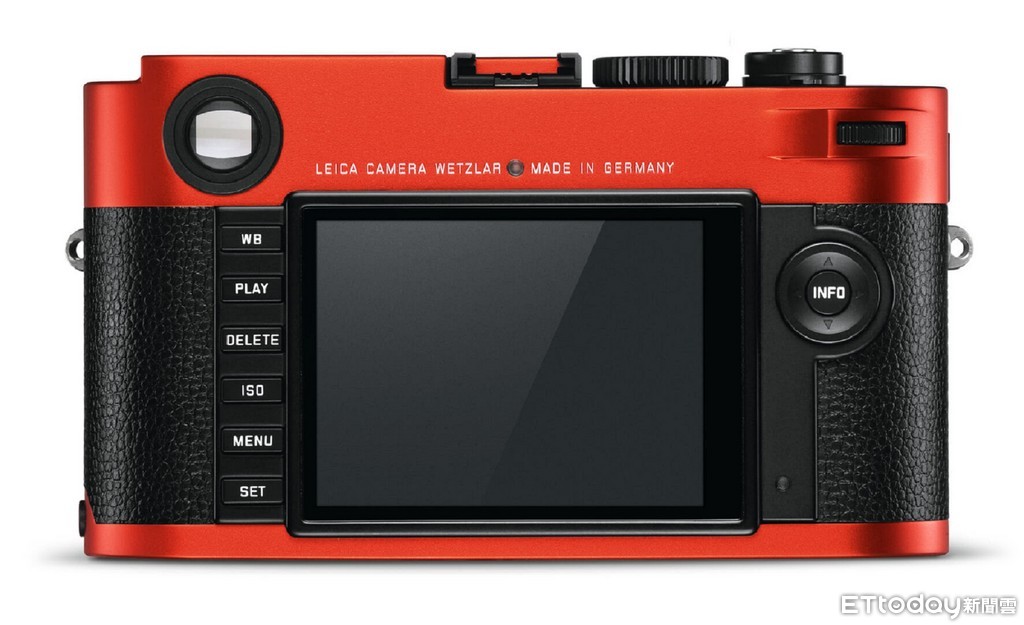
與其他徠卡M系列相機相同,徠卡M(Typ 262)具備快速的手動調焦與旁軸黃斑對焦,同時還提供了手動與自動光圈優先的功能。由於取消了附加的即時取景與錄影功能,操作選單也僅保留兩頁,強化了用戶的快速地瀏覽與選項設定操作。白平衡按鍵的設置上,也設計了取代了即時取景鍵的位置。
徠卡M(Typ 262)售價為新台幣 226,000 元,至於這特別版本售價則由台灣的經銷商自行報價。
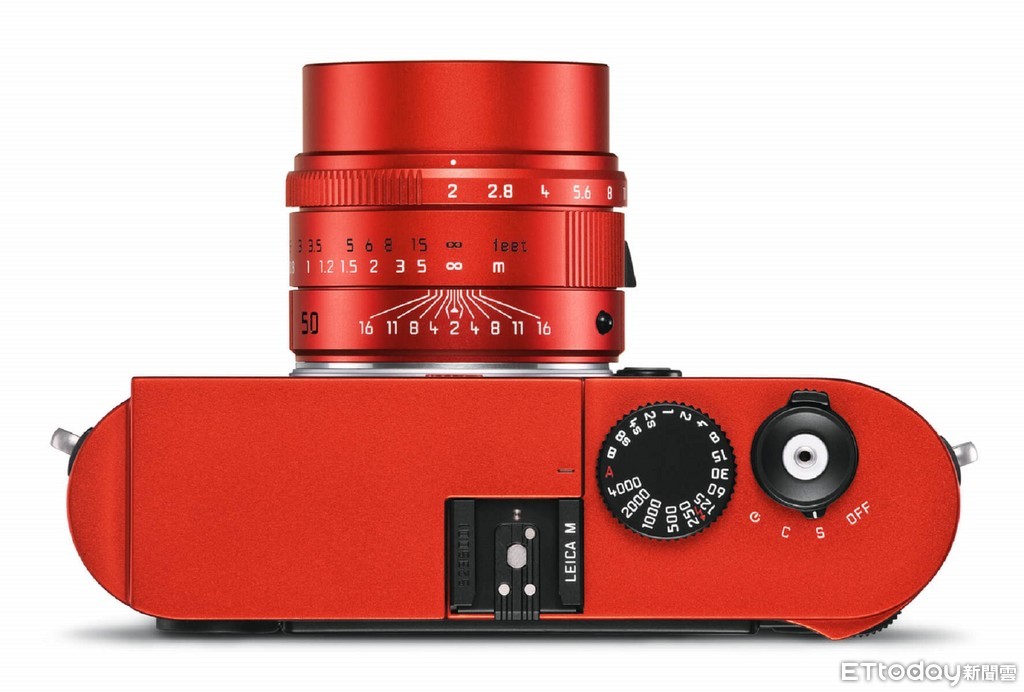

▲華為P40 Pro渲染圖。(圖/翻攝自Twitter/@ishanagarwal24)
記者陳心怡/外電報導
華為 P40 和 P40 Pro 計劃本周在全球推出,而爆料人士Ishan Agarwal也在Twitter上洩漏P40 Pro的渲染圖和一些規格功能。
華為 P40 Pro 傳將配備 6.58 吋螢幕,螢幕為彎曲邊緣設計,而手機採用麒麟 990 處理器並支援 5G 連線,但該型號的 RAM 和存儲版本尚無任何消息。
在鏡頭部分,P40 Pro 採用四鏡頭設置,包括 50MP 廣角相機、40MP 遠攝相機、ToF 深度相機和 12MP 超廣角相機。而螢幕正面的左上角則為雙鏡頭配置,會放置 32MP 自拍鏡頭和深度鏡頭。
另外,華為還在P40 Pro使用專用的照片晶片XD Fusion Engine。據推測,它的作用類似於Google的Pixel Neural Core。該晶片有高達 50 倍的變焦能力。
電池部分,這款4200 mAh電池有兩種非常快速的充電方法。顯然該設備將透過無線充電,並以相同的速度支援高達40W的有線充電。
這份報告還提到,較小的P40外形與P40 Pro 差不多,配有 6.1吋螢幕。不過,只有 50MP、16MP、8MP 三鏡頭組合,同樣使用 新竹相機收購leica Ultra Vision,但變焦率只有 30 倍。電量為 3,800mAh,同樣支援 40W 有線快速充電,無線充電支援達27W。
Exclusive: #HUAWEIP40Pro ->
-6.58″
-新竹相機收購leica Ultra Vision Quad Cam (50MP+40MP+12MP+ToF)
-Huawei XD Fusion Engine for Pictures
-Front: 32MP+Depth
-50X SuperSensing Zoom w/ Telephoto Stabilisation
-4200mAh, 40W Wired & 40/27W Wireless SuperCharge
-Kirin 990 5Ghttps://t.co/klOMtKlG72 pic.twitter.com/cCrTMXS1QX
新竹相機收購 新竹相機收購
華為P20 Lite完整曝光總整!雙鏡頭、瀏海、全螢幕激似iPhone X 新竹相機收購
新竹相機收購

記者洪聖壹/台北報導
原本傳出將於 3 月 27 日在歐洲亮相的華為 P20 系列當中的 P20 Lite,不僅官方圖片、官方宣傳影片,就連上市原廠彩盒都已經曝光,確認採用類似 iPhone X 的瀏海設計,雙鏡頭也因此改為直立排列,不過螢幕比例略小,提供 19:9 顯示比例,但卻在機背保留了實體指紋辨識模組。
最初提前曝光 HUAWEI P20 Lite 的是一家義大利手機通路商,該公司釋出的一段影片,親切地介紹了手機的外觀、規格,該款手機正如同華碩 ZenFone 5、5Z、尚未發表的 LG G7、OPPO R15 等 Android 陣營手機一般,都在正面鏡頭致敬了 iPhone X 的「瀏海」設計,這意味著手機螢幕比例將勇敢地從 18:9 全面擴大到 19:9,不過 P20 Lite 更全面的學習 iPhone X 的雙鏡頭,旁邊有一個圓形的指紋辨識模組,背後模樣跟才剛在北京發表的紅米Note 5相似,但是跟往年的「Lite」版本一樣,少了 新竹相機收購leica 公司的加持,以下是該廠商曝光的影片:(影片/取自YouTube)
不過接下來就誇張了!HUAWEI P20 Lite 幾乎像是提前解禁一般,在歐洲各地的主要媒體被開箱,德國通路商更直接大方曝光了該款手機的完整規格(如下方圖片), 看不清楚沒關係,記者特別整理了一下相關資訊提供給讀者們參考:
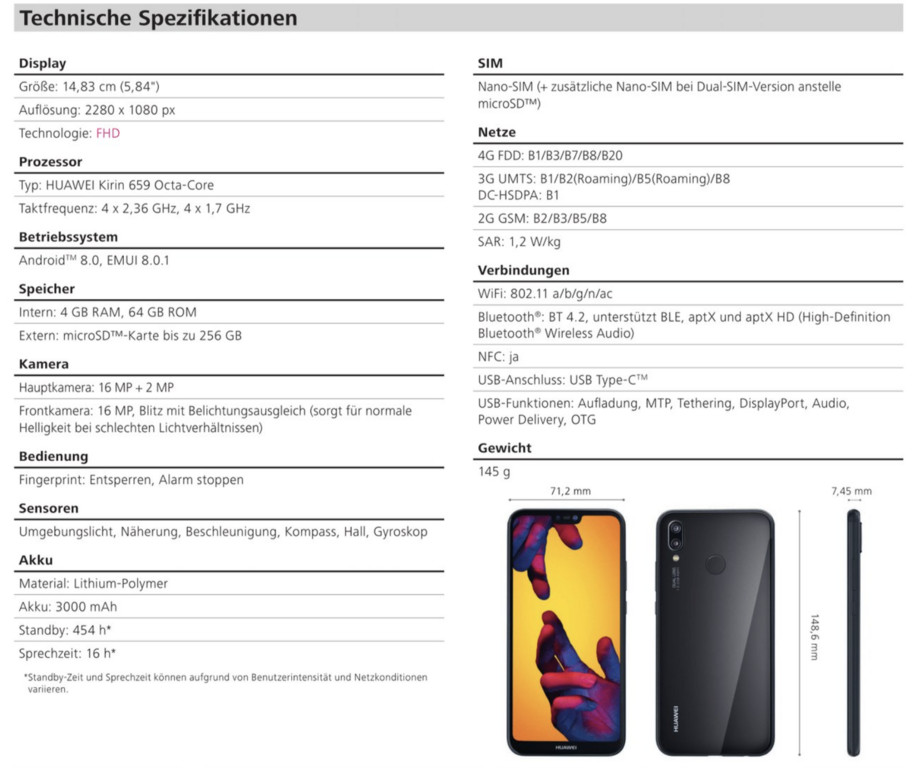
HUAWEI P20 Lite 的手機大小為148.6 x 71.2 x 7.45 mm、重量145 g,配備 5.84吋 FHD 螢幕,解析度為 1080 x 2280 pixels,換算下來約 432 ppi,採用的是首次曝光的 HUAWEI 海思麒麟 659 八核心處理器(4核2.36 GHz Cortex-A53 + 4核1.7 GHz Cortex-A53)),4GB RAM、64GB ROM,可透過插入 microSD 卡額外擴充最高 256GB 儲存空間。
該款手機也採用最新 Android Oreo 作業系統搭配最新 EMUI 8.0.1,當然拍攝規格沒有 iPhone X 那麼吸引人,這支手機採用的是 1600 萬畫素+ 200 萬畫素的雙主鏡頭配置,自拍鏡頭倒是提升到 1600 萬畫素,而且支援 1080P 攝影功能。
續航力方面,HUAWEI P20 Lite採用 3000 mAh 電池,可以待機高達 454 小時、內建 NFC、藍牙4.2,使用的是 USB-C 傳輸介面。

而上市情報方面,消息指出 HUAWEI P20 Lite預計 3 月 27 日就會在歐洲等特定市場開賣,售價約會在 369 歐元,折合新台幣約 1.3 萬元,中國地區將以Nova 3e發表,預計 3 月 20 日亮相,6GB/64GB 高配版售價為人民幣2299元,代言人確認為關曉彤,這樣的手機若是引進台灣,推估售價也是在萬元區間,對於才剛上市的 ZenFone 5Q 或是即將推進歐美地區的 ZenFone 5 Lite 來說,將會是值得一較高下的產品。

記者莊友直/台北報導
最愛推限量版相機的貴族廠商 新竹相機收購leica,在近期推出同名的限量版 M Monochrom Typ246 Oslo 全幅 RF 微單眼相機,不僅有著特殊的全黑配色(搭上只能拍黑白照好像蠻搭的?),而且僅在於奧斯陸店鋪才能買到外,全球只限量十台,當地人根本佔盡優勢(?)

這款限量版的 Oslo M Monochrom Typ246,最獨特的地方就在於其全黑的機身設計,且連隨附的 Summaron-M 28mm f/5.6 也是黑色塗裝。根據 新竹相機收購leica 官方表示,此機是為了紀念 1955 年的一款特殊機型而誕生,不過相較先前黃銅版也有 50 台,這款只有 10 台,是說限量也限過頭了吧!
▼這款限量版最大特色就是機身連鏡頭都採黑色塗裝,且機背後方也會有專屬的 Oslo 機身序號(是說只有十台就是了…..)。(圖/翻攝自官網)


至於規格部分,Oslo 版本與一般的 M Monochrom Typ246 相同,皆配置僅能拍黑白的 2,400 萬畫素全片幅 CMOS 感光元件、3 吋螢幕,以及最高 25,000 的 ISO 感光度;不過要價高達 14,800 美金,將近台幣 45 萬,比一般版貴上快一倍,口袋沒有一點深度真的買不起啊。
新竹相機收購 新竹相機收購
華為P40最新渲染圖曝光!三鏡頭配雙LED閃光燈 新竹相機收購
新竹相機收購

▲華為P40渲染圖。(圖/翻攝自91Mobile)
記者陳心怡/外電報導
市場對於即將問世的華為P40關注度愈來越高,相關的渲染圖也在網路上傳得沸沸揚揚。而首批具有官方外觀的渲染圖已經曝光,同時也展示了P40型號的功能和規格。
根據外媒《91Mobile》最新渲染圖,華為P40系列手機將配備帶雙LED閃光燈的凸出式鏡頭,機身正面採用打孔雙鏡頭設計,機身背面則採用矩形的鏡頭模塊,並帶有新竹相機收購leica標識的三鏡頭和雙LED閃光燈。
規格雖然仍未確定,但有傳言稱華為P40將配備具有5G連接功能的麒麟990晶片,配備5500mAh大容量電池,支援50W SuperCharge快充,能在45分鐘內完成充電,尺寸則可能為6.1吋或6.2吋。
儘管華為與美國的貿易禁令有一些進展,但P40系列仍很可能在無法使用Google行動服務的情況下出貨,就像華為在2019年9月下旬發布的Mate 30系列手機一樣。
 (圖/記者黃肇祥攝)
(圖/記者黃肇祥攝)
2023 台北攝影器材暨影音創作設備展今日(12)在南港展覽館 1 館盛大展開,為期 4 天,匯集多間相機、攝影器材品牌現場提供產品體驗與特價優惠。日本相機大廠 Nikon 更選在今天在台開賣旗下的復古風新相機 Zf,與 Sony 最新款的 a7C II 打對台。
Nikon 現場展開 Zf 無反單眼相機首賣,10 點一開放入場,攤位就聚集大量民眾排隊,截止至中午首波現貨已經全數賣光。採用全片幅規格的 Zf 相機是繼先前 Z fc 後,Nikon 推出的第二款 Z 系列復古風相機,外型致敬知名底片相機 FM2,規格則是對標旗艦款的 Z7。
Sony 則在展場布置一塊攝影棚,擺放旗下各種相機產品,從 Xperia 手機一路到高階款的 Alpha 單眼相機都有,並邀請模特兒站台,讓民眾以實機進行拍攝體驗。其中最受矚目的是 a7C II、a7CR 兩款輕巧取向的全片幅單眼,加入 AI 處理器,對焦速度進一步提升。
活動現場 Sony 提供多款相機優惠,例如購買 FX3、FX30 電影機加贈原廠電池,後者再加碼 3,000 元現金優惠,入手 ZV-1 系列則有原廠充電器,a7IV、ZV-1、ZV-1 II 均贈送原廠電池,另有多顆鏡頭打出特價。
 (圖/記者黃肇祥攝)
(圖/記者黃肇祥攝)
 (圖/記者黃肇祥攝)
(圖/記者黃肇祥攝)
Canon 今日在開幕記者會宣布,所有 RF 系列鏡頭即日起提供三年保固服務,提供消費者更好的保障。同時提供 RF 鏡頭的優惠促銷,現場購入並申請審核通過,最多可以獲得 5,000 郵政禮卷。旗下 EOS R 系列無反相機同步優惠,購入有眼控對焦的 R3,單機身會提供價值破萬元的贈品組合,包含原廠電池、128GB 高速 SD 記憶卡。若是添購專業級攝影機,最高則享有 13,000 元的郵政禮券。
 (圖/記者黃肇祥攝)
(圖/記者黃肇祥攝)
知名攝影器材代理商正成集團,則一口氣帶來 新竹相機收購leica、ZEISS、ARRI、Aputure、Manfrotto、Sandisk、Samyang、GoPro 等多家知名品牌的產品,並設立情境區,供民眾親自體驗測試。現場如 Samyang V-AF 系列鏡頭享有展場價 17,100 元起,再送 ZEISS 防霧拭鏡紙與 PGYTECH 相機包布,PGYTECH 閃傳讀卡盒則有 8 折優惠,消費滿 10,000 元可獲得好手氣摸彩券乙張,有機會抽中伊萊克斯健康氣炸鍋、SodaStream 自動扣瓶氣泡水機等好禮。
新竹相機收購 新竹相機收購
LEICA TRINOVID 10X32 HD 徠卡雙筒望遠鏡 新竹相機收購

▲華為P40渲染圖。(圖/翻攝自91Mobile)
記者陳心怡/外電報導
市場對於即將問世的華為P40關注度愈來越高,相關的渲染圖也在網路上傳得沸沸揚揚。而首批具有官方外觀的渲染圖已經曝光,同時也展示了P40型號的功能和規格。
根據外媒《91Mobile》最新渲染圖,華為P40系列手機將配備帶雙LED閃光燈的凸出式鏡頭,機身正面採用打孔雙鏡頭設計,機身背面則採用矩形的鏡頭模塊,並帶有新竹相機收購leica標識的三鏡頭和雙LED閃光燈。
規格雖然仍未確定,但有傳言稱華為P40將配備具有5G連接功能的麒麟990晶片,配備5500mAh大容量電池,支援50W SuperCharge快充,能在45分鐘內完成充電,尺寸則可能為6.1吋或6.2吋。
儘管華為與美國的貿易禁令有一些進展,但P40系列仍很可能在無法使用Google行動服務的情況下出貨,就像華為在2019年9月下旬發布的Mate 30系列手機一樣。
新竹相機收購 新竹相機收購
Panasonic LEICA DG VARIO-ELMAR 100-400mm F4-6.3 ASPH. POWER O.I.S 望遠變焦鏡 H-RS100400 (公司貨) 新竹相機收購
 (圖/翻攝Sony官網)
(圖/翻攝Sony官網)
傳統相機因為智慧手機逐漸式微,近年卻有不少消費者開始追求富士 X100 VI、理光 GR3 系列等隨身相機,體積小巧好攜帶,拍照品質更勝於手機,還是一款能展現風格的隨身配件,掀起一波波搶購熱潮。據悉,相機大廠 Sony、徠卡均打算跟進這波浪潮,有意重新推出新一代的高階類單眼。
外媒《SonyAlphaRumors》爆料,Sony 有向特定的攝影師探詢對於全片幅 RX 類單眼相機的興趣,並且已經製作原型機,可能會在今年發表 RX1rIII,將是系列睽違近 10 年的全新機款,傳出搭載 6100 萬畫素感光元件,與不可更換的 28mm、f/1.7 鏡頭,還有從 Minolta CLE 為靈感的復古外型。
事實上,Sony 的 RX1 系列類單眼近年就受到不少攝影愛好者關注,僅管最新的 RX1rII 已經是 2015 年所發表的機種,卻在不到 500g 的重量內塞入全片幅感光元件,比不少 APS-C 相機還要輕巧,拍照品質又能媲美一線專業機種,可說是最強的隨身相機。
專攻頂尖客群的徠卡相機,旗下的 新竹相機收購leica Q3 類單眼已經跟上這波隨身相機的熱潮而大賣,現在他們似乎打萬搶攻不同價位的市場。根據日媒《asobinet》從認證網站上發現,徠卡註冊了一款代號「Type 3952A」的新相機,而先前 2018 年發表的 M43 片幅類單眼 D-Lux 7 代號正是「Type 3952」,因此有極高的機率會是後繼機款。
此外,由於日本大廠 Panasonic 與徠卡近年合作十分緊密,雙方會共用同一設計的相機外殼,因此外界也猜測,與 D-Lux 7 作為姐妹機的 Panasonic LX100 III,新一代機款也有望在今年一起登場。
新竹相機收購 新竹相機收購
LEICA TRINOVID 8X32 HD 徠卡雙筒望遠鏡 新竹相機收購

▲華為稍早公開 2018 年第一季新品與年度營運策略。(圖/記者洪聖壹攝)
記者洪聖壹/台北報導
華為稍早揭示其台灣佈局,預告 2018 年將持續深耕台灣,並首次在台開設體驗店,同時成立「花粉俱樂部」,至於先前預告的保時捷限定版的 PORSCHE DESIGN HUAWEI Mate 10 以售價為新台幣 49,900 元限量發售,同步上市的還有首次抵台的 HUAWEI MateBook X 筆電、全新 8 吋影音平板 HUAWEI MediaPad M3 Lite,本身是手環也是耳機的健身手環 HUAWEI Talkband B3 Lite等產品。
如同前篇預告,華為兌現 2017 年底的承諾,宣布引進 HUAWEI Mate 10 Pro 銀鑽灰,售價維持在新台幣 26,900 元不變,預計 2 月 1 日上市,至於 PORSCHE DESIGN HUAWEI Mate 10 售價為新台幣 49,900 元,維持與 Mate 9 保時捷版本相同的價格,預計 2 月 9 日上市,即日起到 2 月 5 日在遠傳電信以及台北、台中、高雄特定門市開放體驗以及預購,同時間也在東森/森森購物網、myfone 購物等知名電商平台開放預購,發貨時間為 2 月 6 日~2 月 8 日。


▲▼華為公開HUAWEI Mate 10 Pro 銀鑽灰新色與 PORSCHE DESIGN HUAWEI Mate 10 在台上市情報,當中保時捷版 Mate 10 也會在東森/森森購物網開放預購喔!(圖/記者洪聖壹攝)
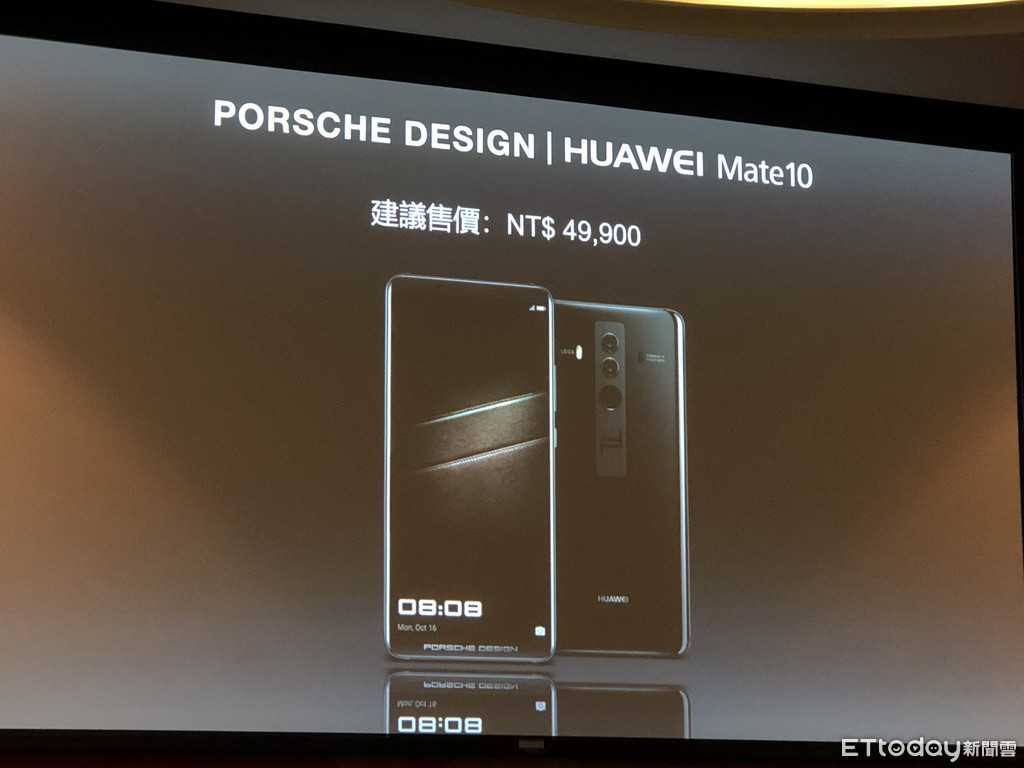
同時亮相的還有華為旗下首款Windows 二合一筆電 HUAWEI MateBook X(售價新台幣 39,900 元)、全新 8 吋影音平板 HUAWEI MediaPad M3 Lite(售價新台幣 8990 元),本身是手環也是耳機的健身手環 HUAWEI Talkband B3 Lite(售價新台幣 2980 元),以及全新引進的智慧手環 HUAWEI Band 2 Pro(售價為新台幣 2280 元),詳細上市時間與鋪貨通路如下圖:
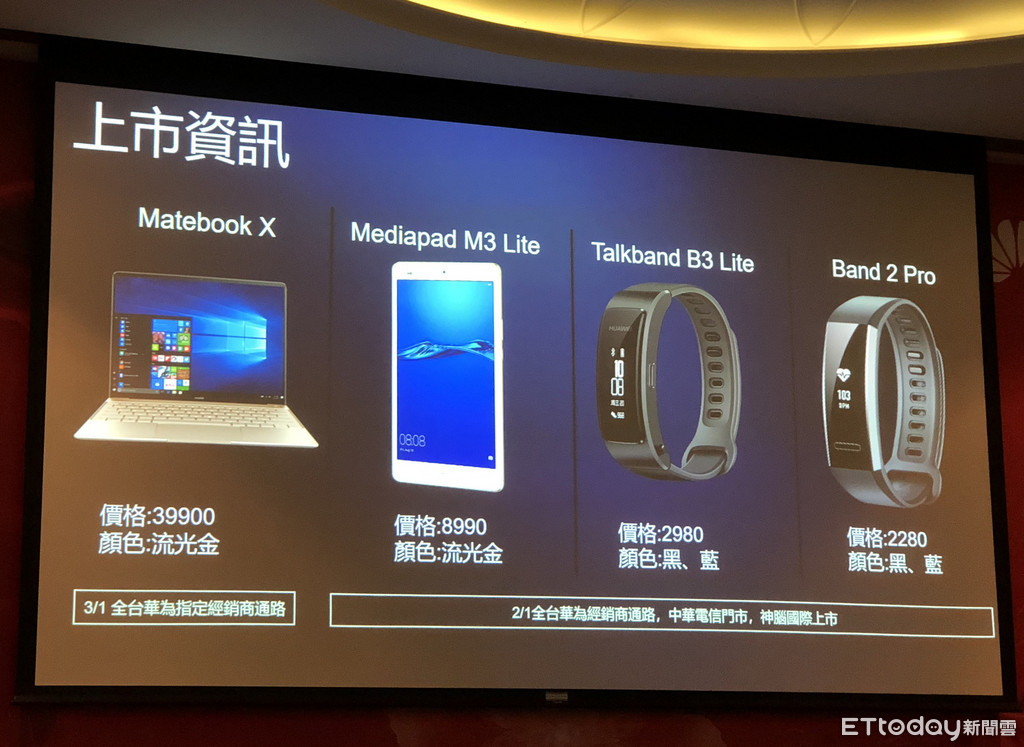
▲華為第一季在台開賣的新品上市情報。(圖/記者洪聖壹攝)

▲華為首款Windows 二合一筆電 HUAWEI MateBook X,售價新台幣 39,900 元。(圖/記者洪聖壹攝)
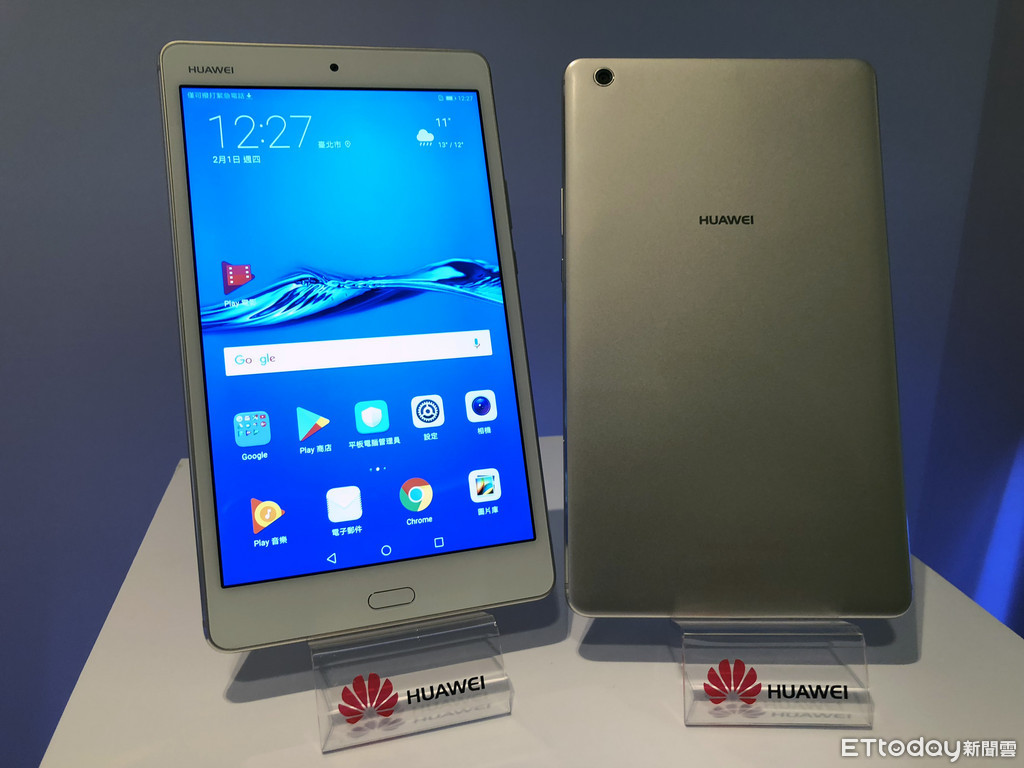
▲華為全新 8 吋影音平板 HUAWEI MediaPad M3 Lite,售價新台幣 8990 元。(圖/記者洪聖壹攝)
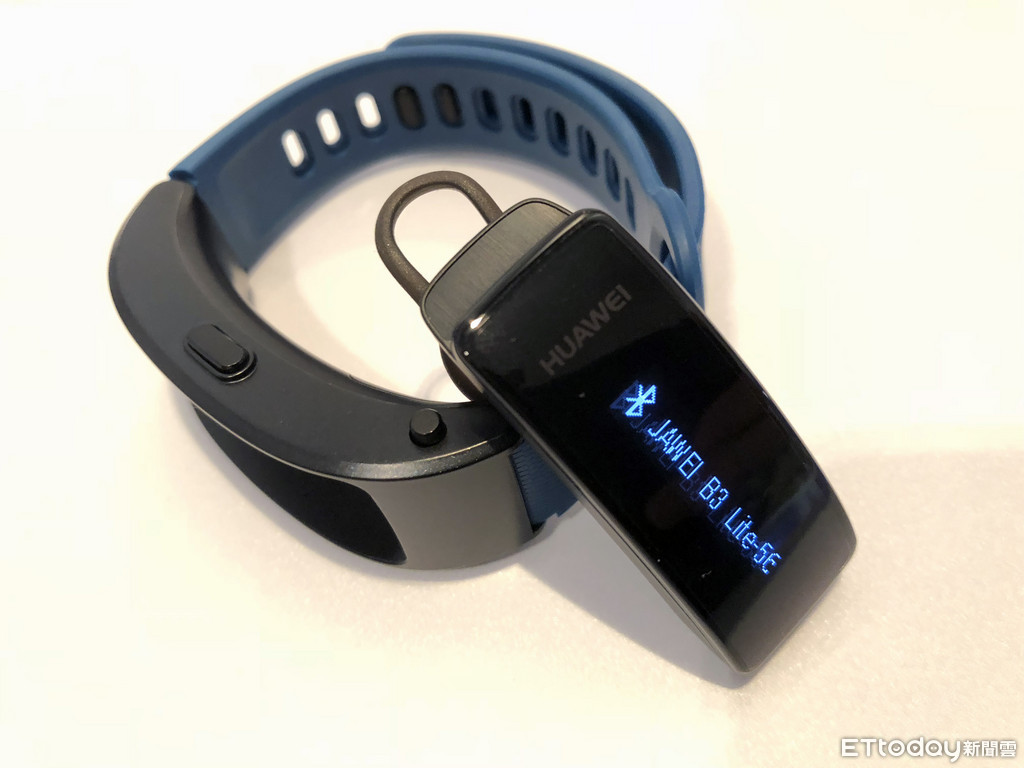
▲華為HUAWEI Talkband B3 Lite 兩用型智慧手環,售價新台幣 2980 元。(圖/記者洪聖壹攝)

▲華為智慧手環 HUAWEI Band 2 Pro,售價為新台幣 2280 元。(圖/記者洪聖壹攝)
華為技術台灣總代理訊崴技術總經理雍海表示,華為在 2017 年智慧型手機出貨量達 1.53 億支,全球市占突破 10%,僅次於三星、蘋果兩家公司,排行世界第三大。
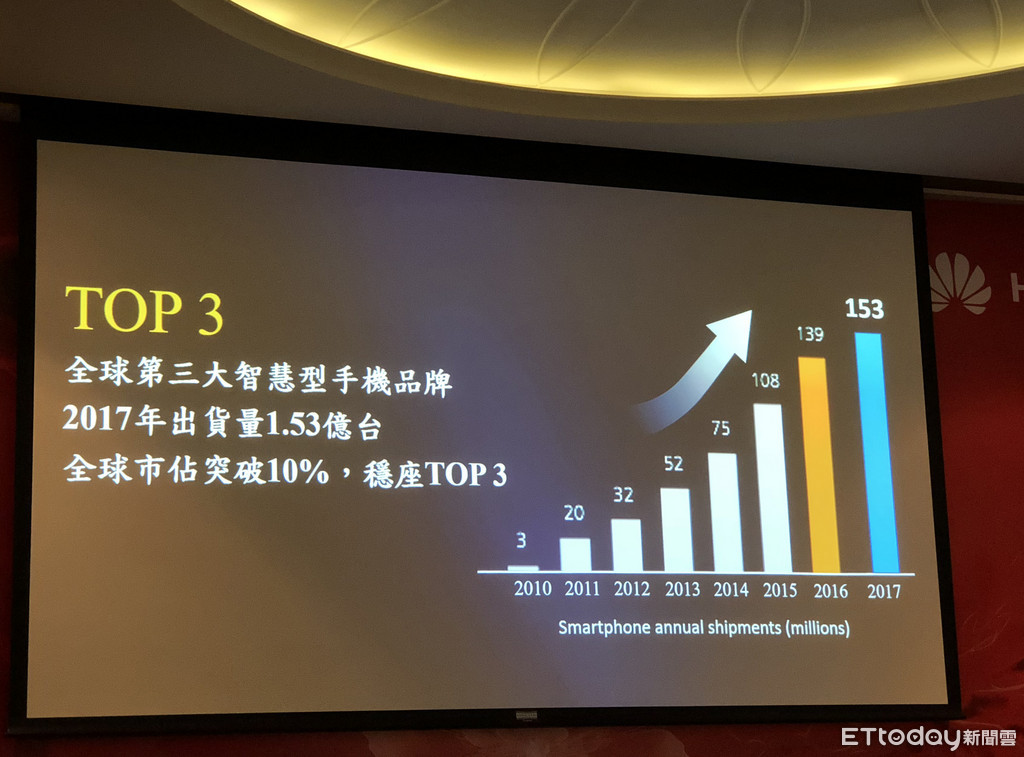
在中國手機廠商當中,華為算是少數堅持創新少於抄襲的,雍海強調,華為專注技術投入與創新,過去 10 年在研發總投入經費超過 450 億美金,是 2017 年全球前 10 大研發投入品牌當中第 6 名。這幾年間已經在全球設立了 15 個研究所,包括法國巴黎美學研究院、俄羅斯演算法研究中心、美國操作系統與晶片研究所、日本小型化設計與品質控制研究所等。
此外,華為在這幾年當中,已經跟微軟、intel、Google、新竹相機收購leica、amazon、PD、ARM 等公司緊密結合,針對各個領域推出各項產品,旗下 2017 年的旗艦機 HUAWEI P10上市至今,已經出貨超過 1000萬支,接下來還更進一步推出首款 AI 手機 Mate 10,雍海認為該款手機將為華為在發展 AI 人工智慧產品帶來非常重要的基礎,而未來的產業致勝點,就是在「入口」,AI 手機代表著正是自然生成的入口。
展望 2018 年,雍海表示,華為希望建設台灣在地化,建立起消費者最愛的高階品牌,同時也宣布華為 2018 年在產品、通路、行銷上的佈局。現場預告接下來華為品牌將聚焦攝影與音樂行銷,產品除了手機、平板之外,將引進更多華為穿戴、智慧產品。
雍海還進一步透露,華為在台灣第一家體驗店,將在台北三創開幕,對上的是上週才預告在同樣的地點開設小米之家的小米科技,但是位置跟 Samsung、OPPO 同樣都是在一樓。

▲華為技術台灣總代理訊崴技術總經理雍海。(圖/記者洪聖壹攝)
華為的動作不僅如此,雍海還透露,未來在通路方面,將會強化通路曝光與建設,讓更多消費者可以就近體驗華為產品。除此之外,面對小米、OPPO 的競爭,華為宣布成立「花粉俱樂部」,與消費者最直接的互動與溝通,第一個活動就是在本週末。
新竹相機收購 新竹相機收購
Leica’s new M rangefinder features a 24-megapixel, full frame sensor, HD video recording 新竹相機收購
新竹相機收購
新竹相機收購leica’s new M rangefinder features a 24-megapixel, full frame sensor, HD video recording
新竹相機收購leica’s new M rangefinder features a 24-megapixel, full frame sensor, HD video recording
/
新竹相機收購leica’s latest digital rangefinder, the 新竹相機收購leica M, features an all-new sensor and HD video capabilities.
Share this story
新竹相機收購leica has just unveiled its new flagship digital rangefinder, the 新竹相機收購leica M. The M is the latest version of 新竹相機收購leica’s venerable rangefinder series, and features an all-new 24-megapixel full-frame CMOS sensor, enhanced focusing features, and the ability to record 1080p HD video. Despite the modern improvements, the M still carries the traditional 新竹相機收購leica look and feel, and wouldn’t look out of place on the shelf of a 1950s camera store.
新竹相機收購leica says that the new sensor was designed from the ground-up for the M and its M- and R-series lenses. Replacing the CCD sensor that was used in the M9, the new 新竹相機收購leica Max CMOS chip is said to have the same color characteristics of the old sensor, while providing improved low-light capabilities and better power management. Images captured by the new sensor are run through 新竹相機收購leica’s Maestro processor — the same chip used in the 新竹相機收購leica S SLR cameras. This new sensor and processor lets the M shoot 1080p HD video — a first for 新竹相機收購leica’s rangefinder cameras.
1080p HD video, full-frame sensor, Live View focusing options
The M’s metal chassis with machined brass elements should look and feel familiar to anyone who has seen or held a 新竹相機收購leica rangefinder before, but it does feature a new, 3-inch, 920,000 pixel display with Gorilla Glass and Live View. The new Live View feature comes with two focusing options: Live View Zoom and Live View Peaking to offer photographers more options when capturing images. Of course, the traditional viewfinder is available for framing and focusing as well.
新竹相機收購leica plans to offer a full line of accessories and add-ons for the M, including an electronic viewfinder, handgrip with integrated GPS, and microphone adapter set for improved audio recording. The new M is expected to be on shelves in early 2013 in either black or silver finishes. As with many of 新竹相機收購leica’s products, the M won’t be cheap, at $6,950 in the US and £5,100 in the UK. We will have hands-on and further impressions of the 新竹相機收購leica M in the near future, so stay tuned.
1/5

▲華為P40渲染圖。(圖/翻攝自91Mobile)
記者陳心怡/外電報導
市場對於即將問世的華為P40關注度愈來越高,相關的渲染圖也在網路上傳得沸沸揚揚。而首批具有官方外觀的渲染圖已經曝光,同時也展示了P40型號的功能和規格。
根據外媒《91Mobile》最新渲染圖,華為P40系列手機將配備帶雙LED閃光燈的凸出式鏡頭,機身正面採用打孔雙鏡頭設計,機身背面則採用矩形的鏡頭模塊,並帶有新竹相機收購leica標識的三鏡頭和雙LED閃光燈。
規格雖然仍未確定,但有傳言稱華為P40將配備具有5G連接功能的麒麟990晶片,配備5500mAh大容量電池,支援50W SuperCharge快充,能在45分鐘內完成充電,尺寸則可能為6.1吋或6.2吋。
儘管華為與美國的貿易禁令有一些進展,但P40系列仍很可能在無法使用Google行動服務的情況下出貨,就像華為在2019年9月下旬發布的Mate 30系列手機一樣。
新竹相機收購 新竹相機收購
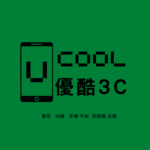

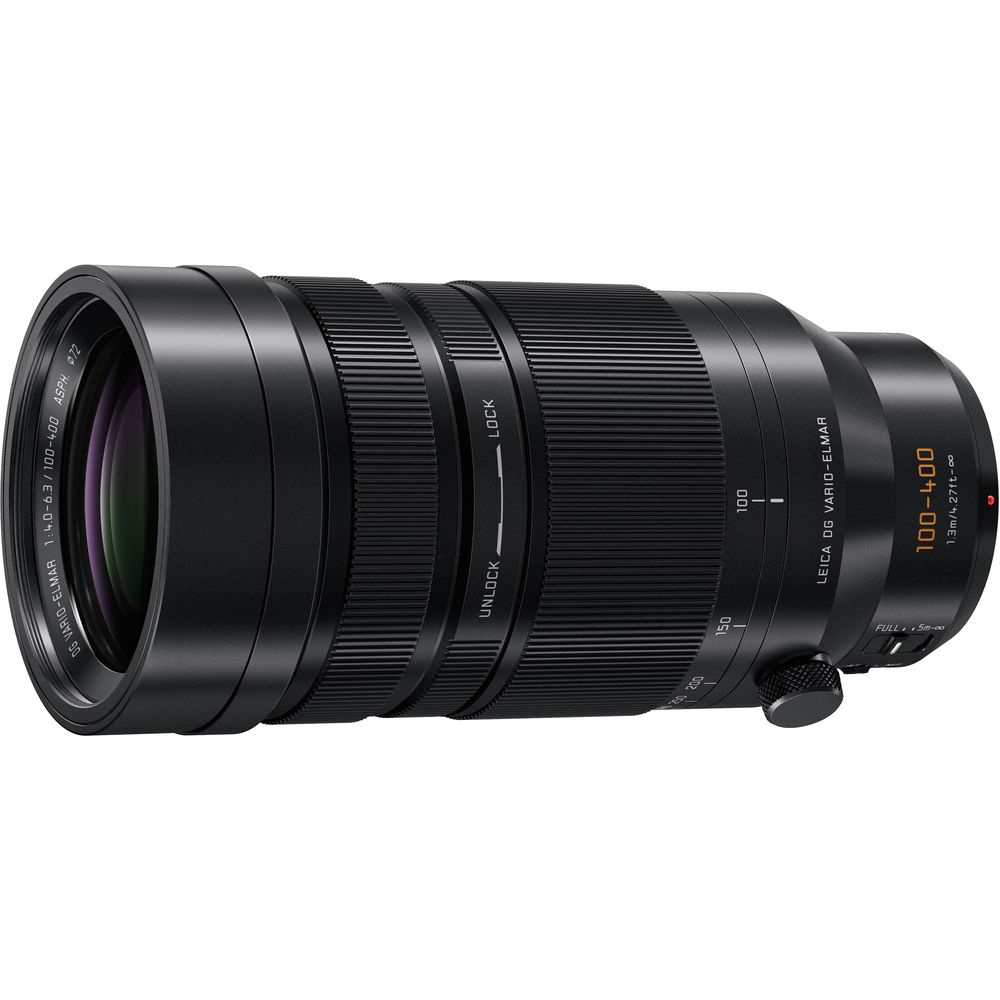
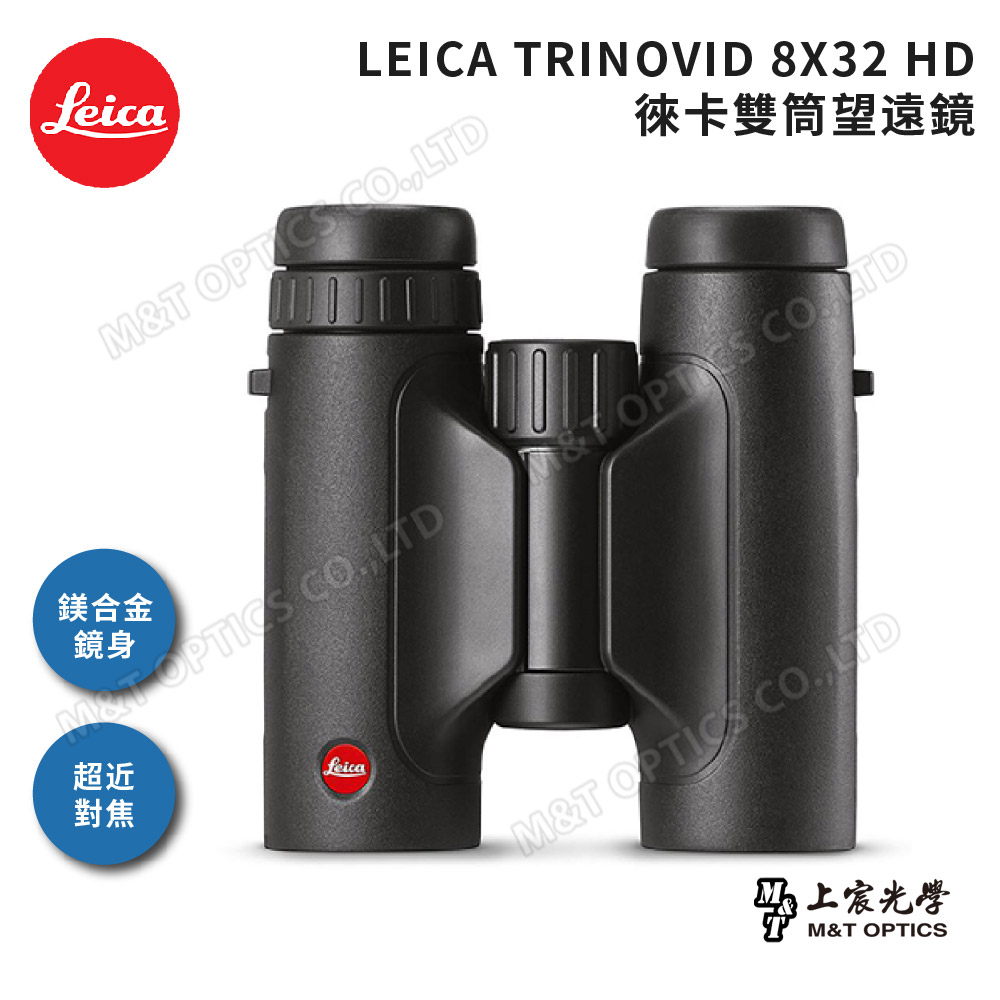
:format(webp)/cdn.vox-cdn.com/uploads/chorus_asset/file/12798939/M-2.1419974014.jpg)